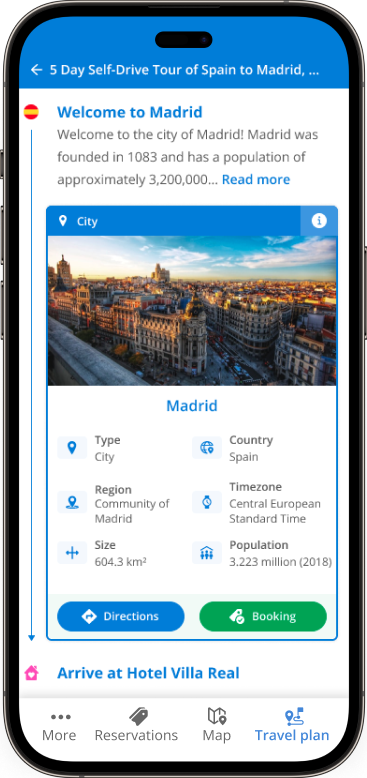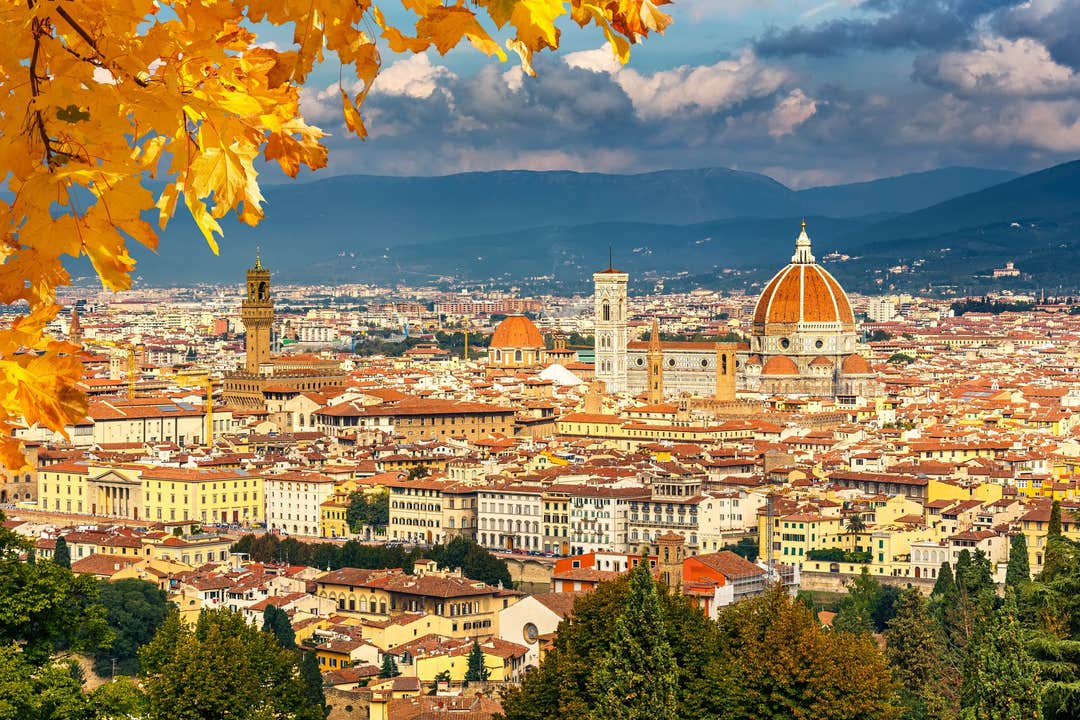
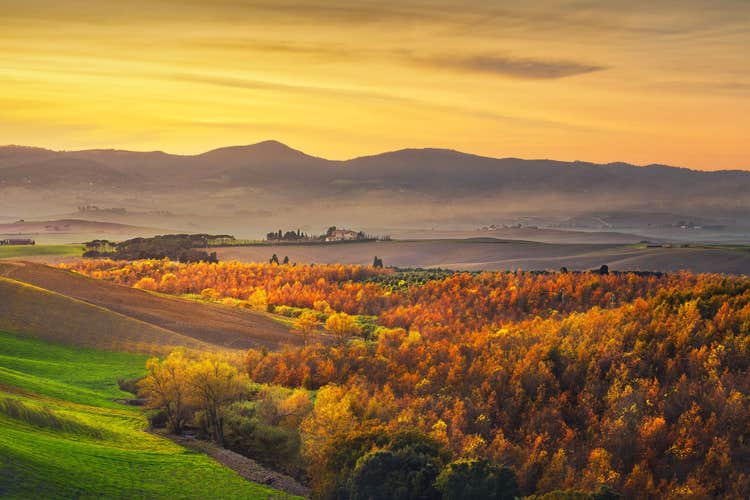
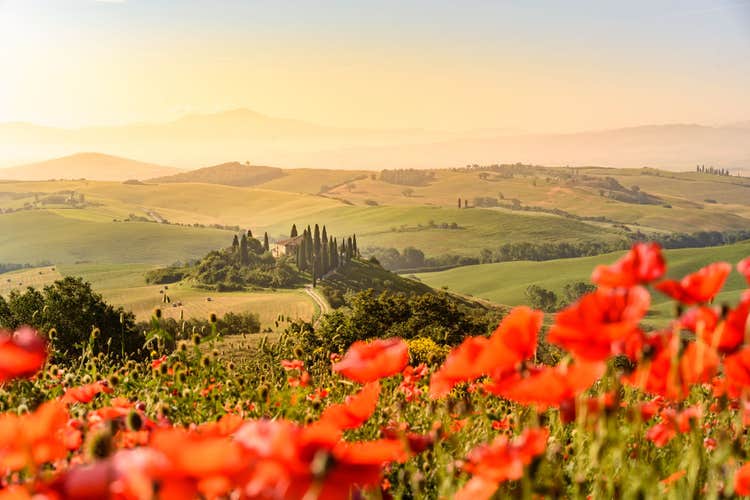
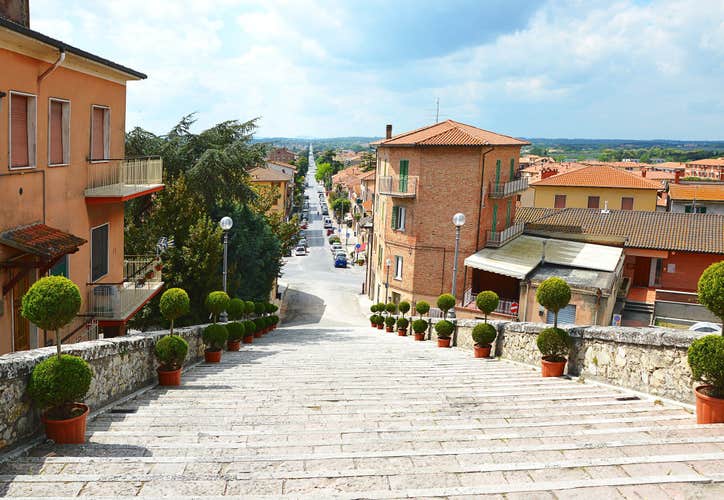
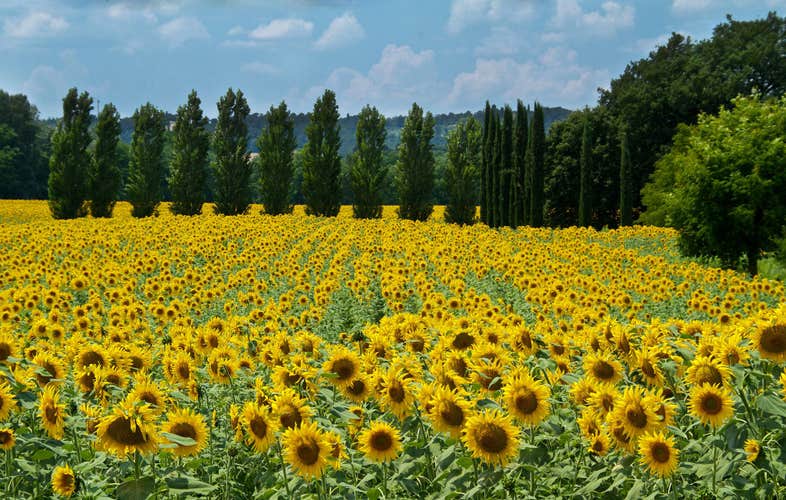
Discover the best time to visit Tuscany and experience the region’s art, cuisine, and landscapes at their peak. This guide helps you choose the perfect season, from lively summer markets and colorful autumn harvests to the tranquil ambiance of winter retreats.
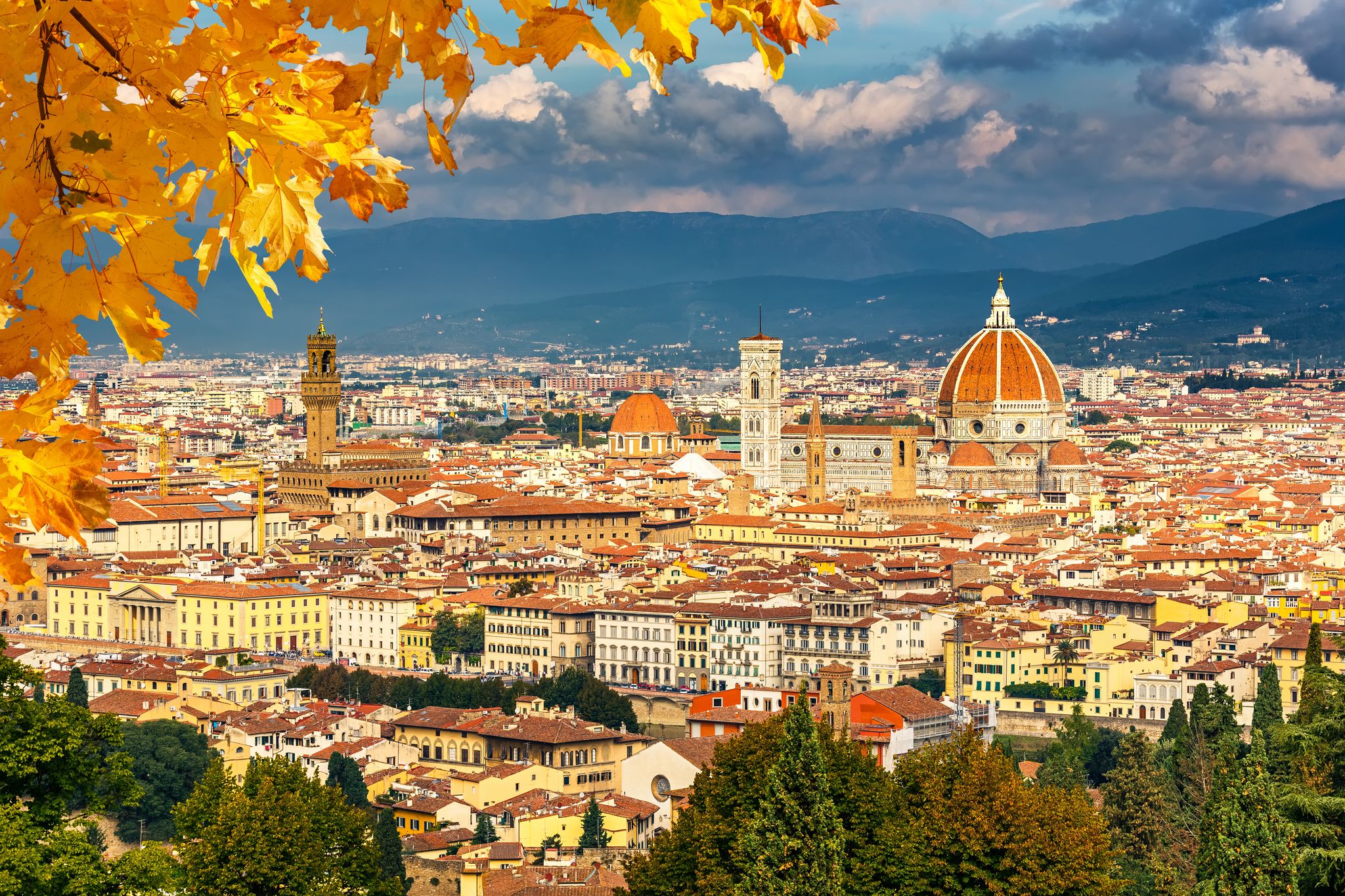
Knowing when to visit Tuscany makes your journey unforgettable, especially as you plan for tours of Florence’s top historical sites, the best food and drink experiences in Siena, or road trips through the Arezzo countryside. The landscape, weather, and cultural events change throughout the year, making some seasons better for certain activities.
This guide breaks down the best times to visit Tuscany by season, offering insights into the region’s natural rhythms and unique cultural offerings. Use it before booking your flights to Florence, the heart of Tuscany. The largest selection of travel packages in Tuscany offers a customizable way to explore the region and beyond.
Seasonal Weather and Travel Patterns in Tuscany

Tuscany usually enjoys warm summers, mild spring and fall seasons, and cooler winters. In recent years, though, summer temperatures have been getting a bit hotter.
Nonetheless, summer still offers long days, lively cities, and open-air festivals, making it a vibrant time to visit. It's also a great season for coastal trips, countryside stays with pools, or early morning sightseeing before the heat sets in.
Spring (April to June) and autumn (September to October) are some of the best times to visit Tuscany for good weather. These seasons are perfect for sightseeing, wine country tours, and exploring hill towns.
Meanwhile, winters are generally cool and manageable, especially along the coast. However, you might encounter occasional cold spells or even snow in the mountains.
Spring in Tuscany (March to May)
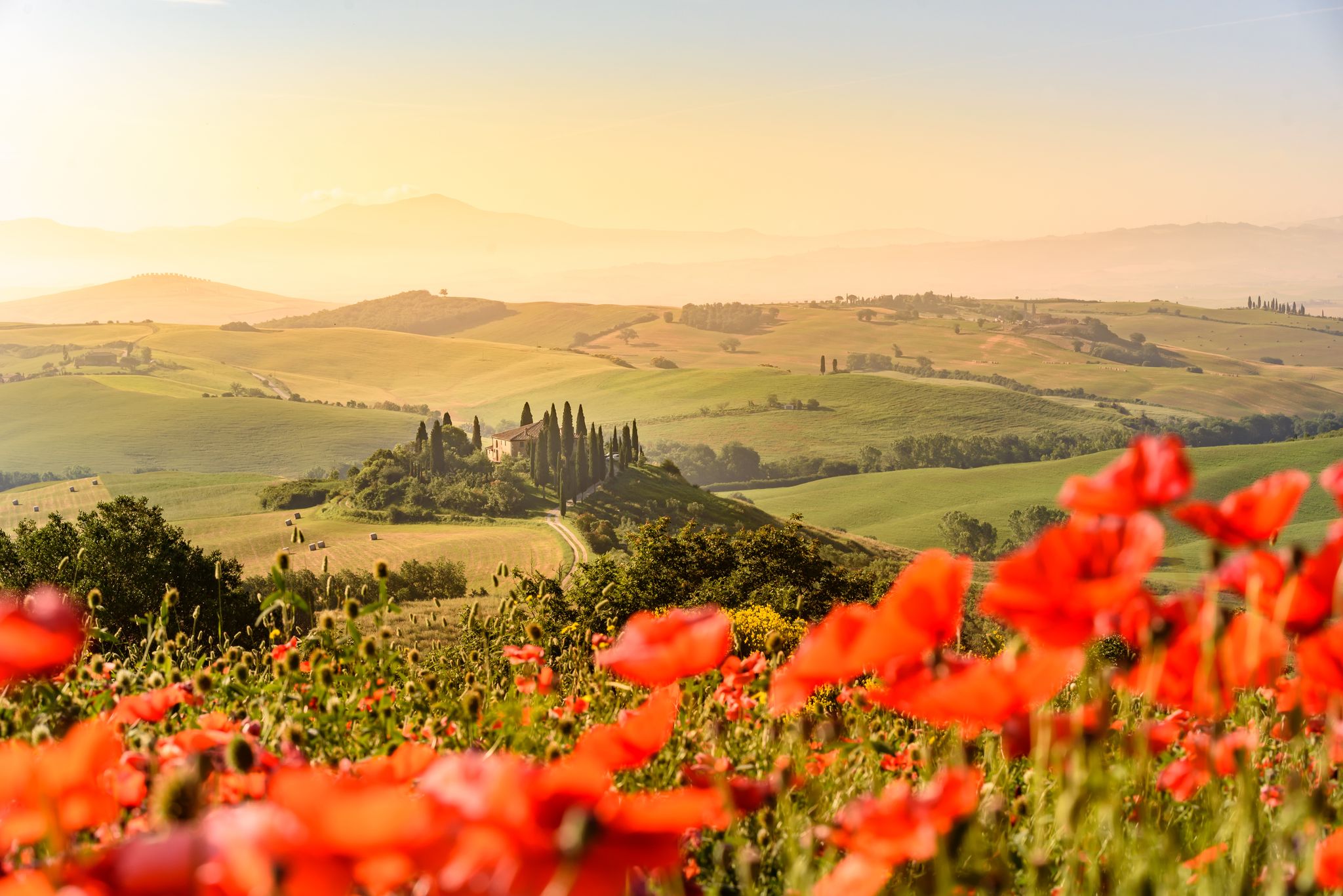
As spring arrives, Tuscany bursts into greenery and blossoms. Temperatures rise from 50 F–59 F (10 C–15 C) in March to 68 F–77 F (20 C–25 C) by late May, making it ideal for outdoor activities. While generally mild, rain is still frequent, with April being the rainiest month of the season.
The rolling hills turn vibrant with wildflowers, and vineyards begin their growth cycle, making scenic road trip drives through regions like Chianti and Val d'Orcia particularly captivating.
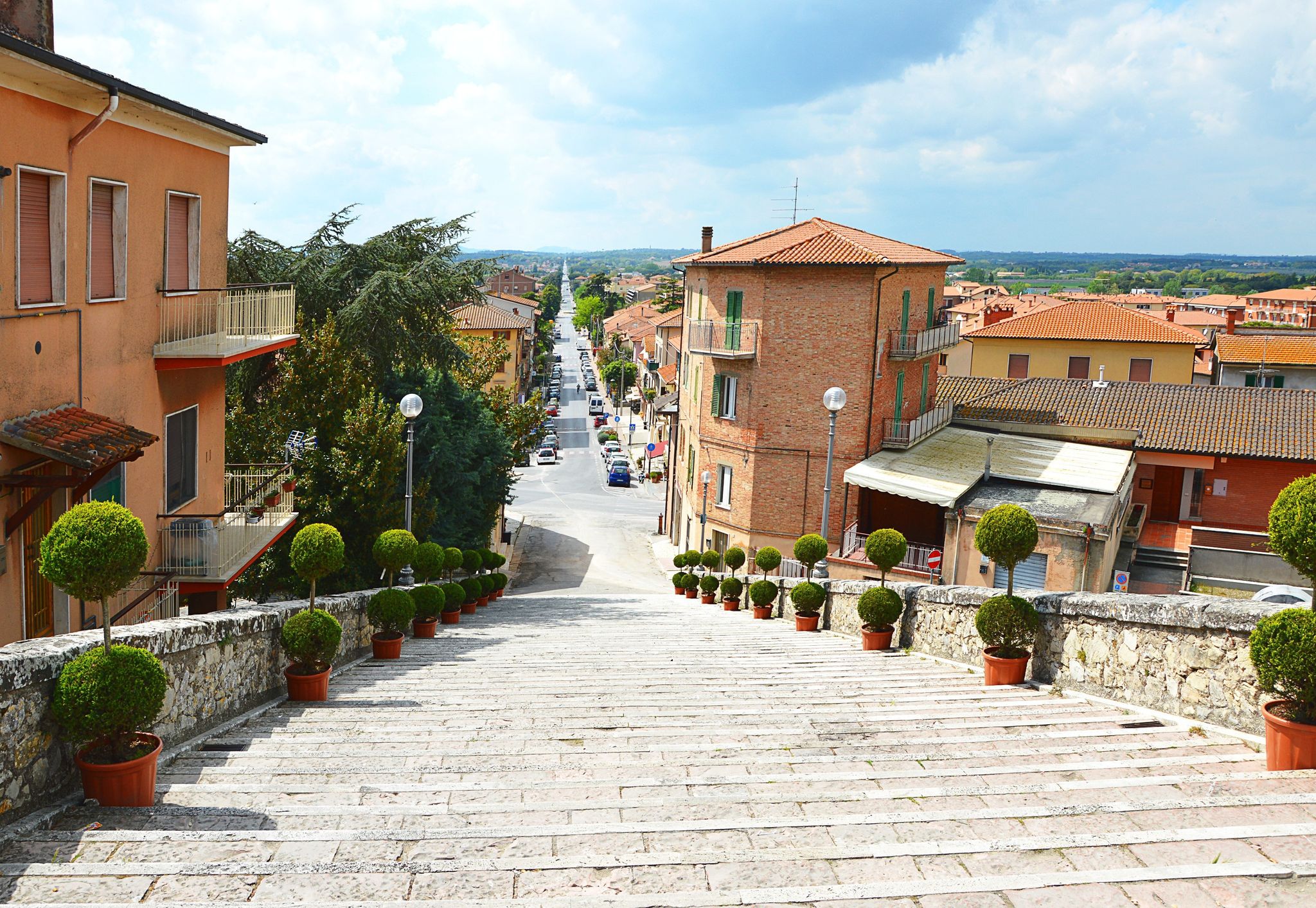
Spring in Tuscany offers moderate crowds, so you can explore peaceful hilltop towns like Pienza and Montepulciano without the peak-season rush. It's also an ideal time for a 5-day weekend getaway in Florence or a 5-day city break in Siena and enjoy iconic landmarks and museums with fewer tourists around.
In Florence, the Festa della Primavera (Spring festival) in late April celebrates the season with live music, local food, and cultural performances. Accommodation prices and flights are generally more affordable than in the busy summer months, making spring perfect for travelers on a budget.
Tuscany’s mild spring weather makes it easy to spend all day outdoors, whether you're visiting vibrant local markets or strolling through cobblestone streets after a light spring rain. Spring is the best time to visit Tuscany if you’re seeking a more relaxed, budget-friendly experience.
Summer in Tuscany (June to August)
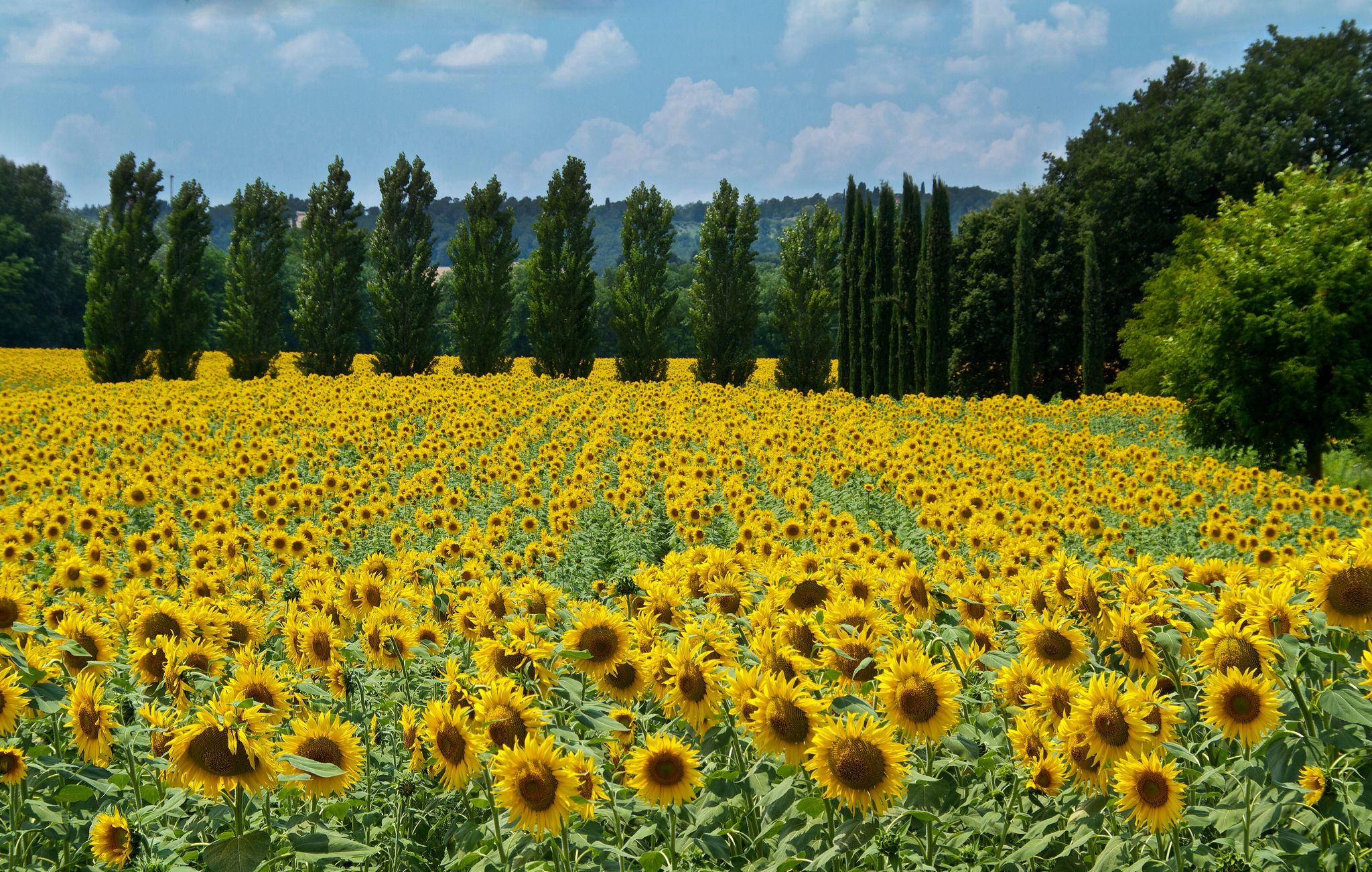
Summer in Tuscany is characterized by long, sunny days with temperatures typically ranging from 77 F–95 F (25 C–35 C). In inland cities like Florence and Siena, temperatures can occasionally exceed 95 F (35 C), with some days reaching over 100 F (38 C+). According to Wunderground, Florence experienced temperatures reaching 102.2 F (39 C) in July 2019, highlighting the intensity of summer heat.
Travelers from cooler regions may find Tuscany's summer heat challenging, while those from warmer climates might find the temperatures more tolerable. While Tuscany generally experiences moderate humidity, some areas can be more humid, affecting comfort levels.

The Tyrrhenian coast draws beachgoers, while the inland cities experience peak tourist season, with crowded streets and higher accommodation costs. Summer is the best time to visit Tuscany to enjoy outdoor concerts, cultural festivals, and bustling nightlife.
Major events like the Palio di Siena in July and Opera di Firenze in June bring crowds to experience Tuscany’s rich traditions and vibrant culture. To escape the crowds, you can embark on a self-drive road trip from Florence to San Gimignano and Greve in Chianti, and add detours to quieter hilltop villages like Volterra and Cortona.
As the sun sets, evenings in Tuscany remain warm and inviting, ideal for dining alfresco and enjoying a glass of local wine.
Autumn in Tuscany (September to November)
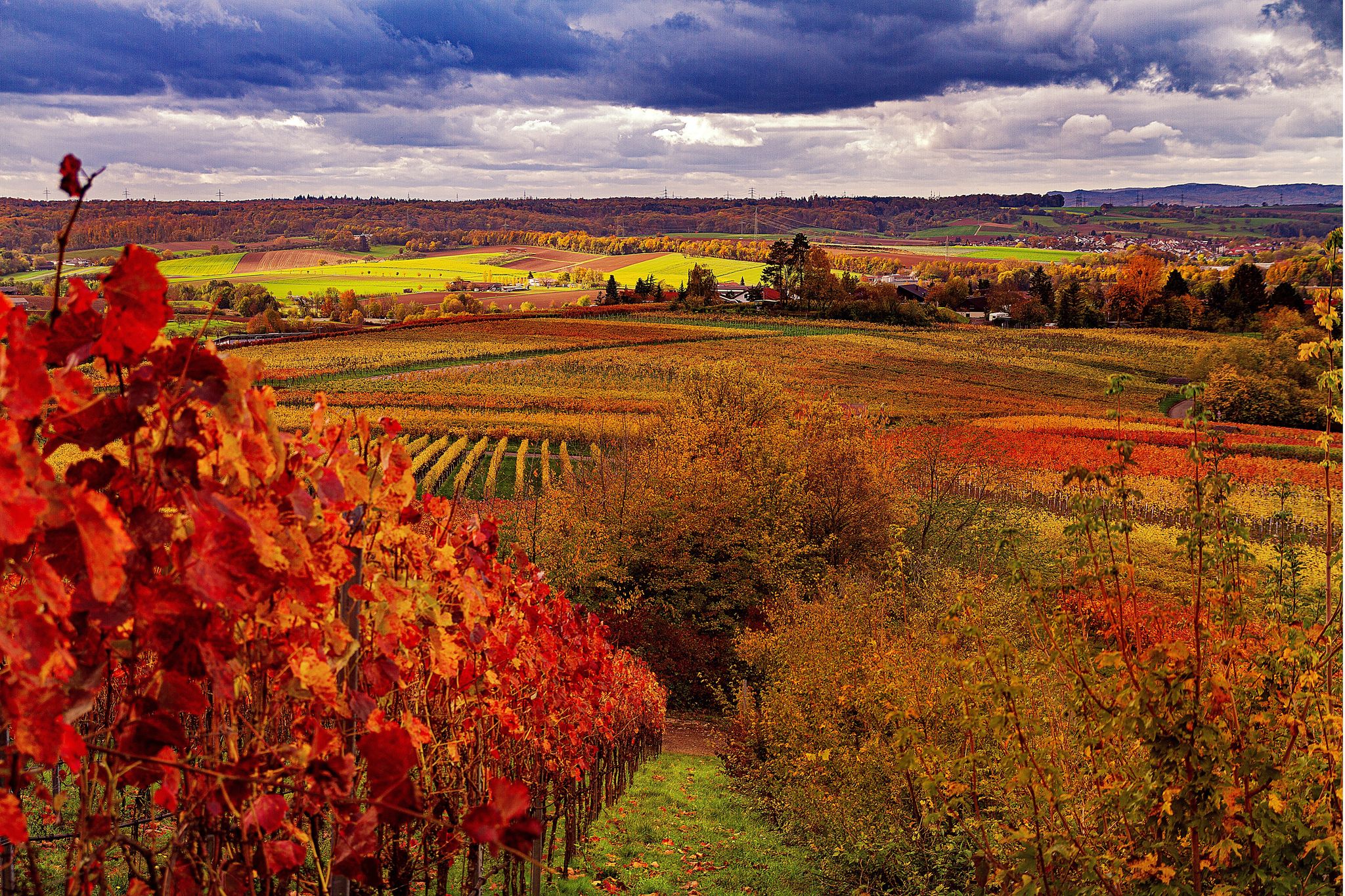
In autumn, Tuscany's landscape transforms into a canvas of gold, orange, and crimson hues. Early fall temperatures typically range from 64 F–77 F (18 C–25 C), gradually cooling to 50 F–63 F (10 C–17 C) as November approaches. November is also the rainiest month of the season, so expect occasional showers.
The cooler, crisp air also makes it an ideal time to explore Tuscany's charming towns like San Gimignano and Volterra. With fewer tourists, autumn offers a relaxed pace to explore Tuscany’s vineyards and olive groves.
Autumn’s mild days make outdoor activities enjoyable. It’s a great time for cycling through vineyard lanes in places like Chianti and Montepulciano, or enjoying self-drive road trips through the Val d’Orcia and Cortona. It’s also a great season to visit Tuscany’s historic landmarks.
Food and wine festivals are plentiful in autumn, from the Truffle Festival in San Miniato to wine harvest events in Montalcino and Chianti. Coupled with the season’s rich flavors, like pappardelle al cinghiale (wild boar pasta), autumn is the best time to visit Tuscany for food and wine enthusiasts.
Winter in Tuscany (December to February)
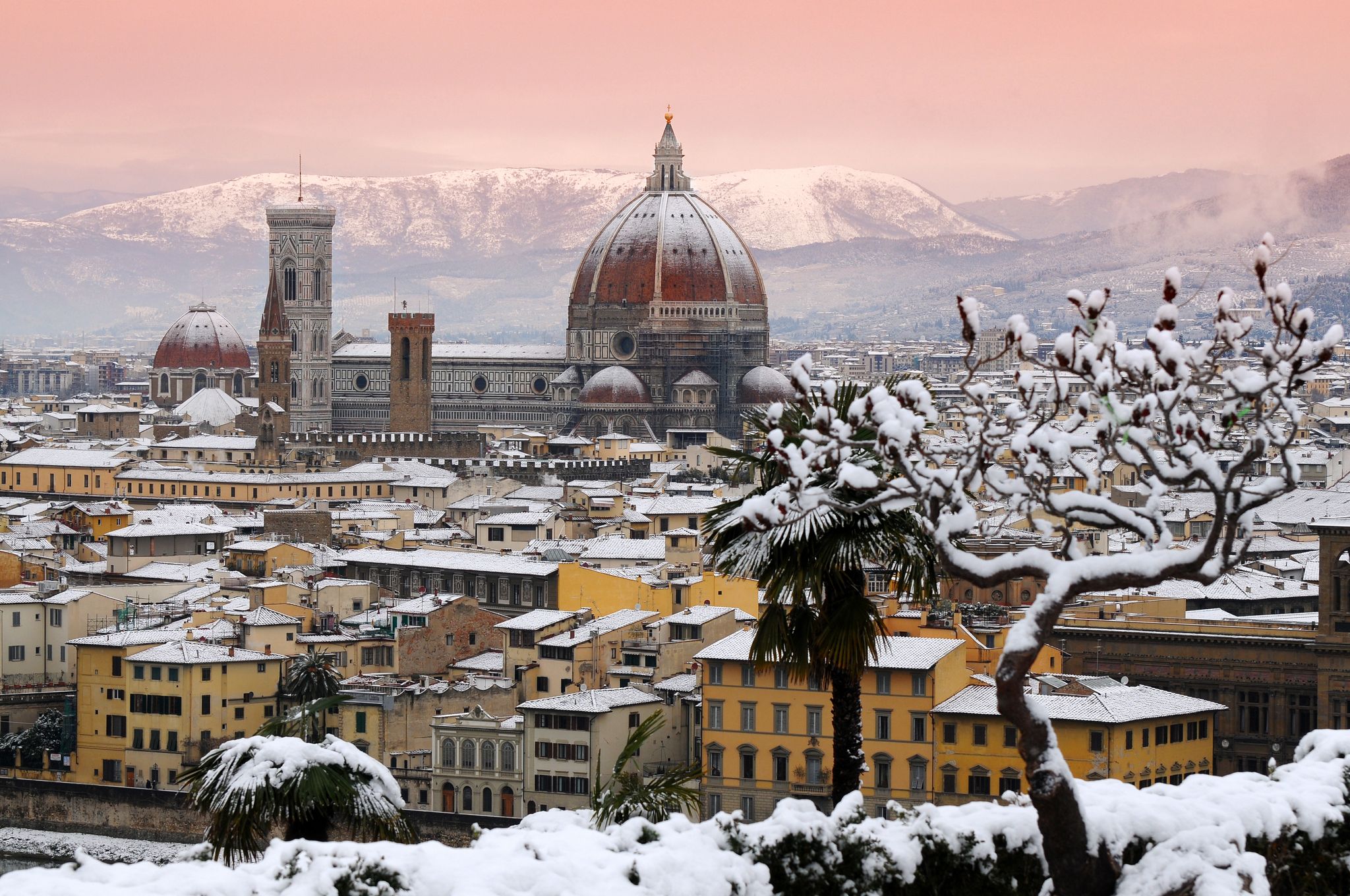
Tuscany’s winter season offers mild temperatures in cities like Florence and Siena, with daytime highs ranging from 37 F–54 F (3 C–12 C). Winter in Tuscany is milder compared to other cooler European destinations, making it a more comfortable option for travelers. Rain is more common than snow, and while there are gray, damp days, there are also occasional sunny breaks.
However, higher elevations, such as the Apennine Mountains, experience colder temperatures and occasional snowfall. Coastal and lowland areas generally remain milder, though the season can be damp and cloudy at times.
The winter season is a good time to visit Tuscany for those who don’t enjoy extreme cold or summer heat. With fewer tourists, you can enjoy Tuscany’s art, history, and culture at a slower pace. Florence, Siena, and Montepulciano offer festive Christmas markets, while Florence's Cavalcata dei Magi parade in January provides a unique cultural experience.
Tuscany’s winter cuisine shines with comforting dishes like ribollita (vegetable soup), truffles, and castagnaccio (chestnut cake). The region’s seasonal specialties, combined with quieter surroundings and fewer crowds, create the perfect setting for a relaxing winter getaway.
The Best Time To Visit Tuscany for Various Interests
With a firm understanding of Tuscany’s seasons and travel patterns, let’s take a closer look at the best times to visit Tuscany, depending on your travel interests. Tuscany offers diverse experiences that appeal to all types of travelers, each enhanced by visiting at the right time.
The Best Time To Visit Tuscany for Vineyard Tours
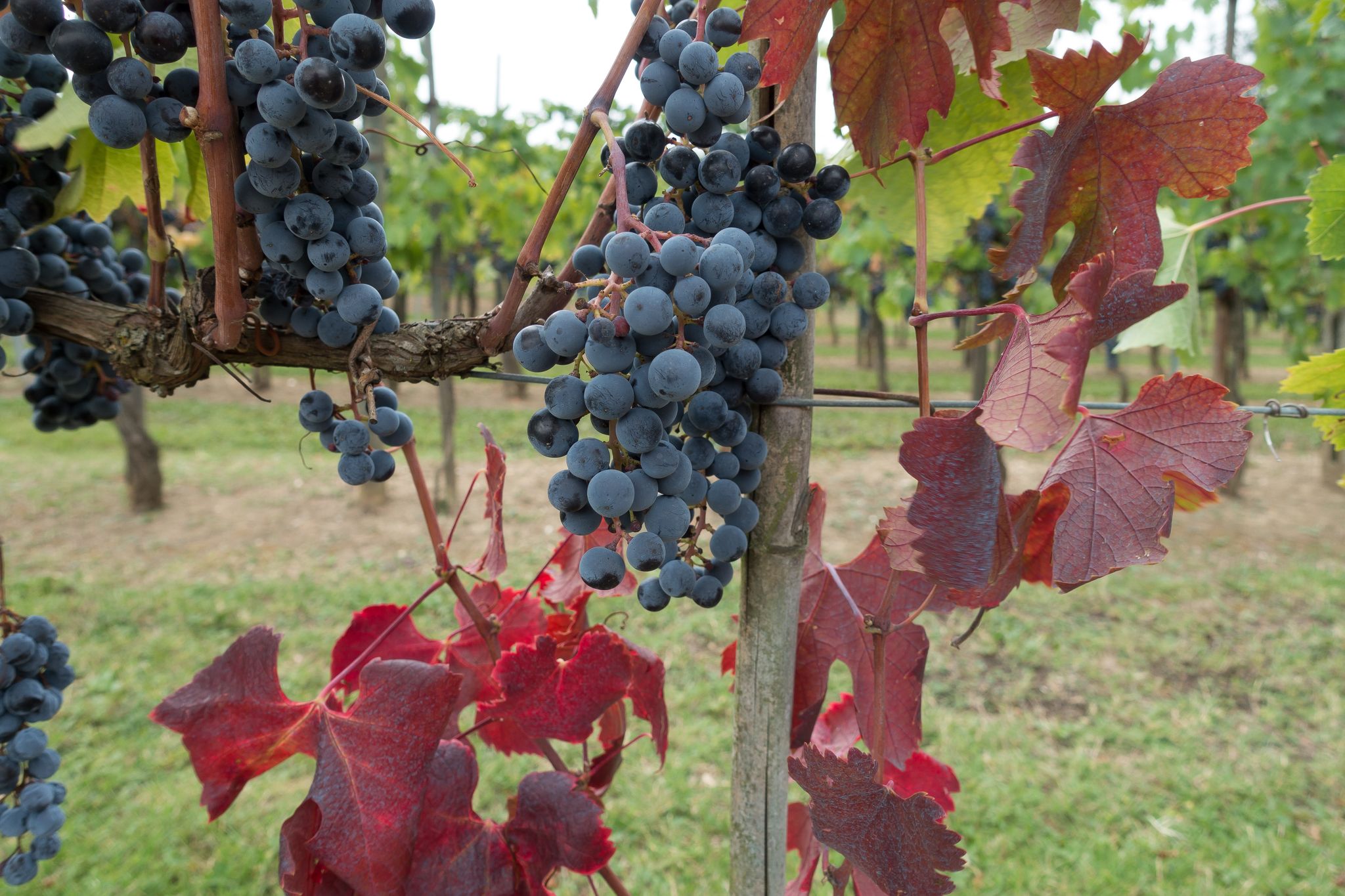
Autumn is the best time to visit Tuscany for vineyard tours, particularly from September to October, when the grape harvest is in full swing. This season offers a unique opportunity to witness winemakers in action and sample fresh grape juice and olive oil. The weather is mild, making it ideal for outdoor activities and scenic road trip drives through the vineyards.
The harvest season also coincides with numerous wine festivals, such as those in Chianti and Montalcino, where visitors can enjoy tastings of local wines and regional foods. Autumn in Tuscany offers a more relaxed pace, with fewer tourists compared to summer, allowing you to experience the region’s winemaking traditions up close.
Top Vineyard Destinations in Tuscany in Autumn:
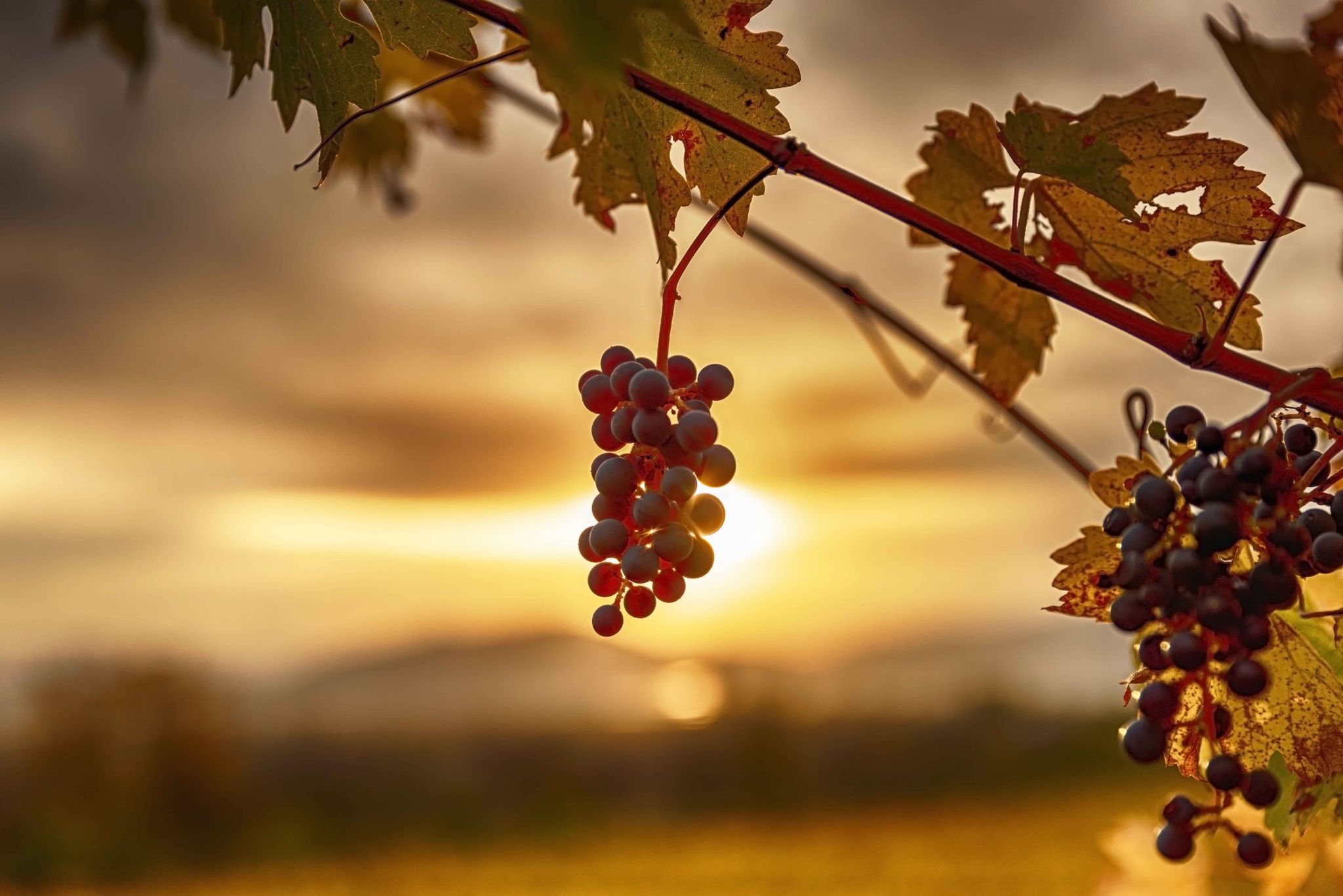
If you're planning a wine-focused getaway this season, here are the top vineyard destinations to explore in Tuscany in autumn:
Bolgheri: Discover Bolgheri’s Super Tuscans, known for blending traditional Sangiovese with international varietals like Cabernet Sauvignon and Merlot, creating bold, complex wines. Embark on a Bolgheri and Super Tuscan private tour to explore this unique wine region and taste its distinctive wines firsthand.
Maremma: Experience a variety of wines in this less-traditional yet rapidly emerging wine region. Maremma offers wines with a strong identity and an adventurous blend of traditional and modern techniques. A wine tasting in Maremma with priority access lets you visit some of the area's outstanding wineries.

Montalcino: Known for its Brunello di Montalcino, this region’s vineyards thrive in the sun-drenched hills. The region's full-bodied wines offer rich, dark fruit flavors with a touch of earthiness. Enhance your visit with a Brunello wine-tasting experience, where you can savor its rich flavors and learn about the meticulous aging process.
Chianti: Experience the famed Chianti Classico wines, known for their high acidity and vibrant fruit flavors, reflecting the region's rolling hills. A semi-private Chianti wine tour with dinner in a Tuscan vineyard lets you savor the vibrant flavors of the region paired with its renowned wines.
Montepulciano: Enjoy the Vino Nobile di Montepulciano, which is distinguished by its deep, rich color, smooth tannins, and complex flavor profile. Dive deeper into Montepulciano’s wine culture with a Vino Nobile wine tour and connect with the winemakers to gain firsthand insights into their craft.

San Gimignano: Sample the unique Vernaccia di San Gimignano, a white wine that’s both refreshing and full of character. Explore the town’s white and red wines in a small-group wine tour in Vernaccia and experience the unique flavors of San Gimignano.
Lucca: Explore the vineyards of Colline Lucchesi and Montecarlo di Lucca, known for both traditional and international grape varieties. These regions offer a range of refined wines, from elegant reds to crisp whites. Enjoy a wine-tasting experience at Tenuta Mareli in Montemagno, which offers fine wines and stunning Lucca countryside views.
As autumn wraps Tuscany in vibrant colors and a festive atmosphere, it becomes the best time to visit Tuscany for wine enthusiasts. The combination of stunning landscapes, rich flavors, and timeless traditions makes for an unforgettable vineyard visit.
The Best Time To Visit Tuscany for Culinary Experiences

Autumn marks the best time to visit Tuscany for rich culinary experiences, particularly from September to November, during the peak of the grapes and olive harvest. The weather is mild, creating the perfect climate for outdoor meals, market tours, and vineyard visits.
This season brings an abundance of local produce, making it an ideal time to sample fresh olive oil, wine, truffles, and seasonal dishes like ribollita and cacciucco (fish stew).
During this time, Tuscany hosts numerous food festivals, such as the Truffle Festival in San Miniato and the Pecorino Cheese Festival in Pienza, where visitors can taste regional specialties and experience the rich flavors of Tuscan cuisine.
With fewer crowds, autumn offers a more relaxed atmosphere for exploring local markets and enjoying authentic Tuscan food at its peak. Autumn in Tuscany is the season when the region’s culinary traditions shine the brightest, making it the ideal time for food lovers to visit.
Popular Tuscan Dishes in Autumn:
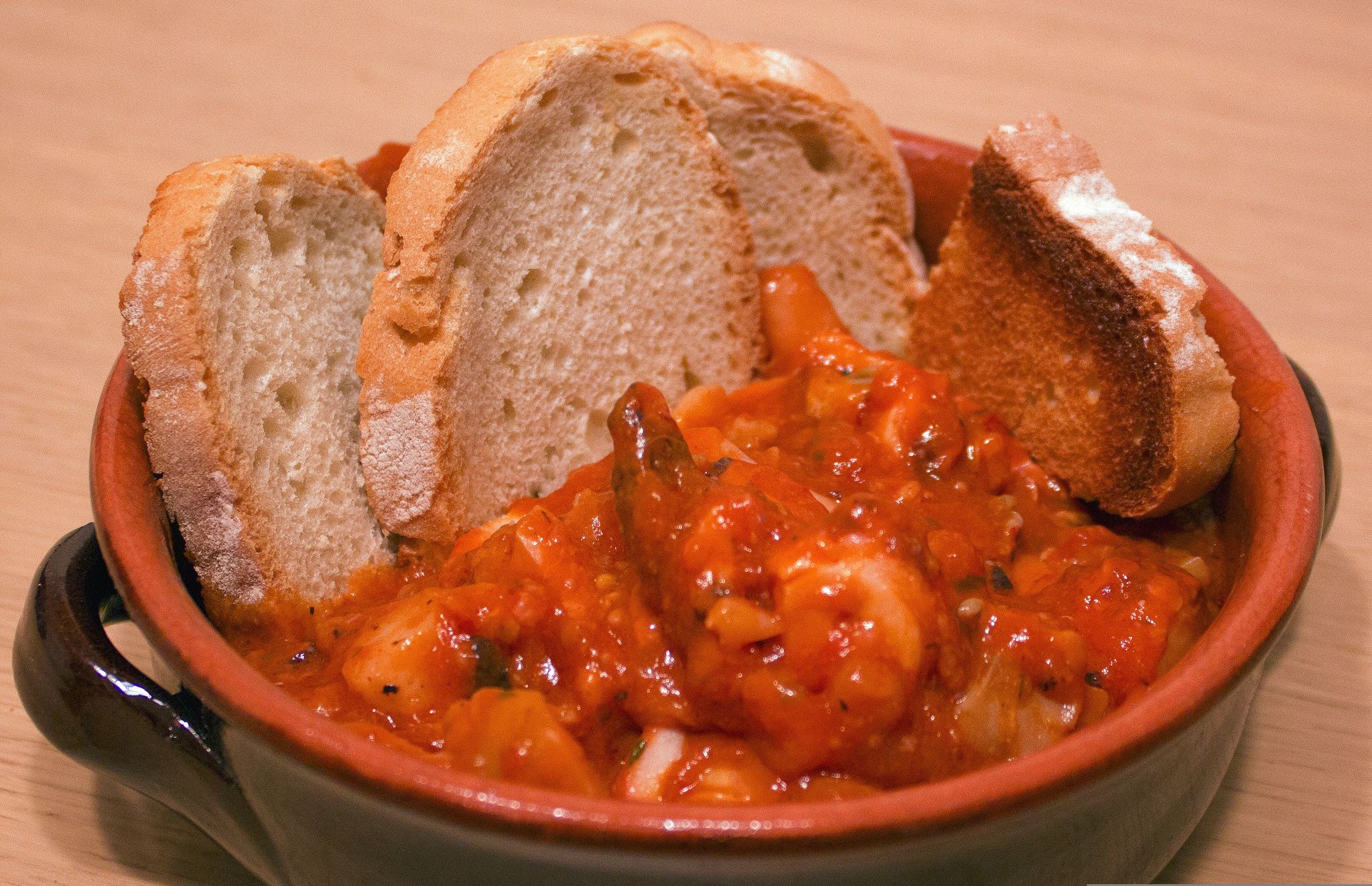
From rich stews to wood-fired meats, autumn is the perfect time to taste the flavors that define the region’s food culture. Here are some must-try Tuscan dishes during your autumn visit:
Cacciucco (Livorno): This warm, spicy fish stew is perfect for the chillier months, featuring seasonal seafood.
Bistecca alla Fiorentina (Florence): Enjoy this iconic Tuscan steak, traditionally grilled over a wood fire, perfect for the cooler evenings.
Ribollita (Arezzo): This hearty soup is ideal for autumn’s cooler weather. It uses leftover bread and seasonal veggies, such as kale and cabbage.
Pappardelle al Cinghiale (Maremma): Savor this hearty pasta with wild boar. It’s a popular dish in Tuscany, especially in autumn when hunting is in season.
Local Markets To Visit in Tuscany in Autumn
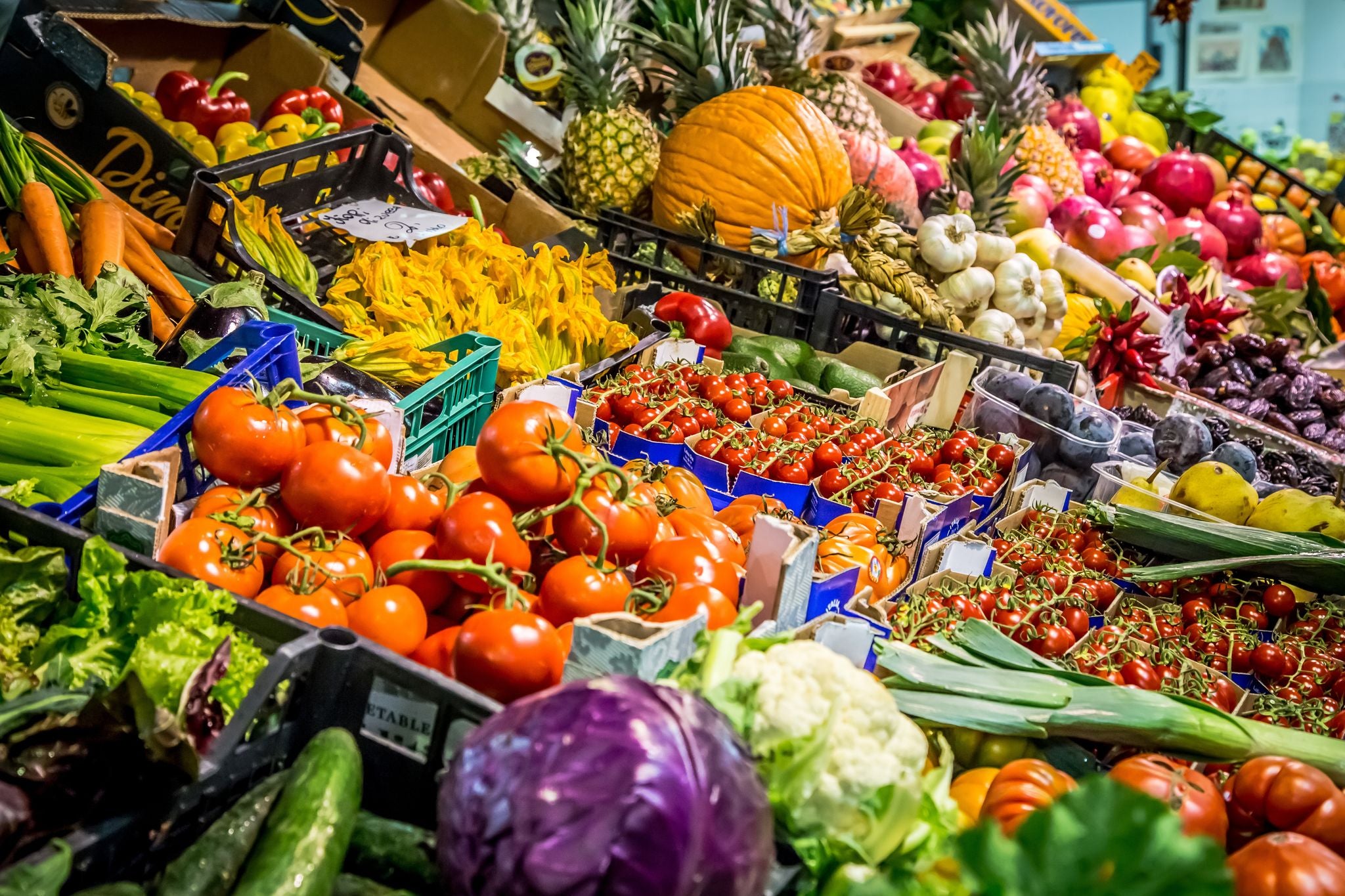
In autumn, stalls in Tuscany’s markets fill with seasonal ingredients. These lively spaces are perfect for tasting local flavors, picking up regional specialties, and experiencing the daily rhythm of Tuscan life.
Mercato Centrale in Florence: Visit this lively market for seasonal treats like porcini mushrooms, fresh figs, and wild game.
Weekly Market in Siena: Held every Wednesday, this market features seasonal produce, including fresh mushrooms and figs.
San Lorenzo Market in Florence: Discover autumn’s bounty with fresh mushrooms, figs, and wild game at the San Lorenzo Market. Join the San Lorenzo market food and wine tour with a local expert and explore the outdoor stalls and the Mercato Centrale for fresh produce and traditional Tuscan food products.
Autumn Food Events in Tuscany:

Fall in Tuscany isn't just about scenery. It's also the season of food festivals, harvest celebrations, and regional specialties. From truffles to chestnuts, this is the time to join local traditions, taste freshly made products, and learn about the region’s rich culinary heritage.
Here are some of the top food events to check out in Tuscany during your autumn visit:
Mushroom Festival in Borgo a Mozzano: This festival in September showcases local fungi with dishes, exhibitions, and guided foraging excursions.
Olive Oil Mills Open Day in Chianti: In November, many mills in Chianti open their doors to the public for tours and tastings of the new season's olive oil.
Pecorino Cheese Festival in Pienza: Held in September, this festival honors Tuscany's famous sheep's cheese. Join the Pecorino Cheese di Pienza tour for an in-depth exploration of traditional cheese-making in this charming town.
Chestnut Festival in Caprese Michelangelo: Held in October, this event features a chestnut harvest with tastings, cooking demos, and local crafts. The Polvica chestnut experience for small groups provides a detailed look into this autumn tradition.
White Truffle Fairs in San Miniato and Crete Senesi: Celebrate autumn, the peak season for truffle enthusiasts, at renowned fairs. Go on truffle hunting with lunch in San Miniato and delve into the world of truffles, from foraging to feasting.
Autumn is the best time to visit Tuscany to enjoy the region’s culinary scene. Savor the region’s finest wines and culinary offerings, immersing yourself in Tuscany's rich culinary landscape.
The Best Time To Visit Tuscany for Art and History
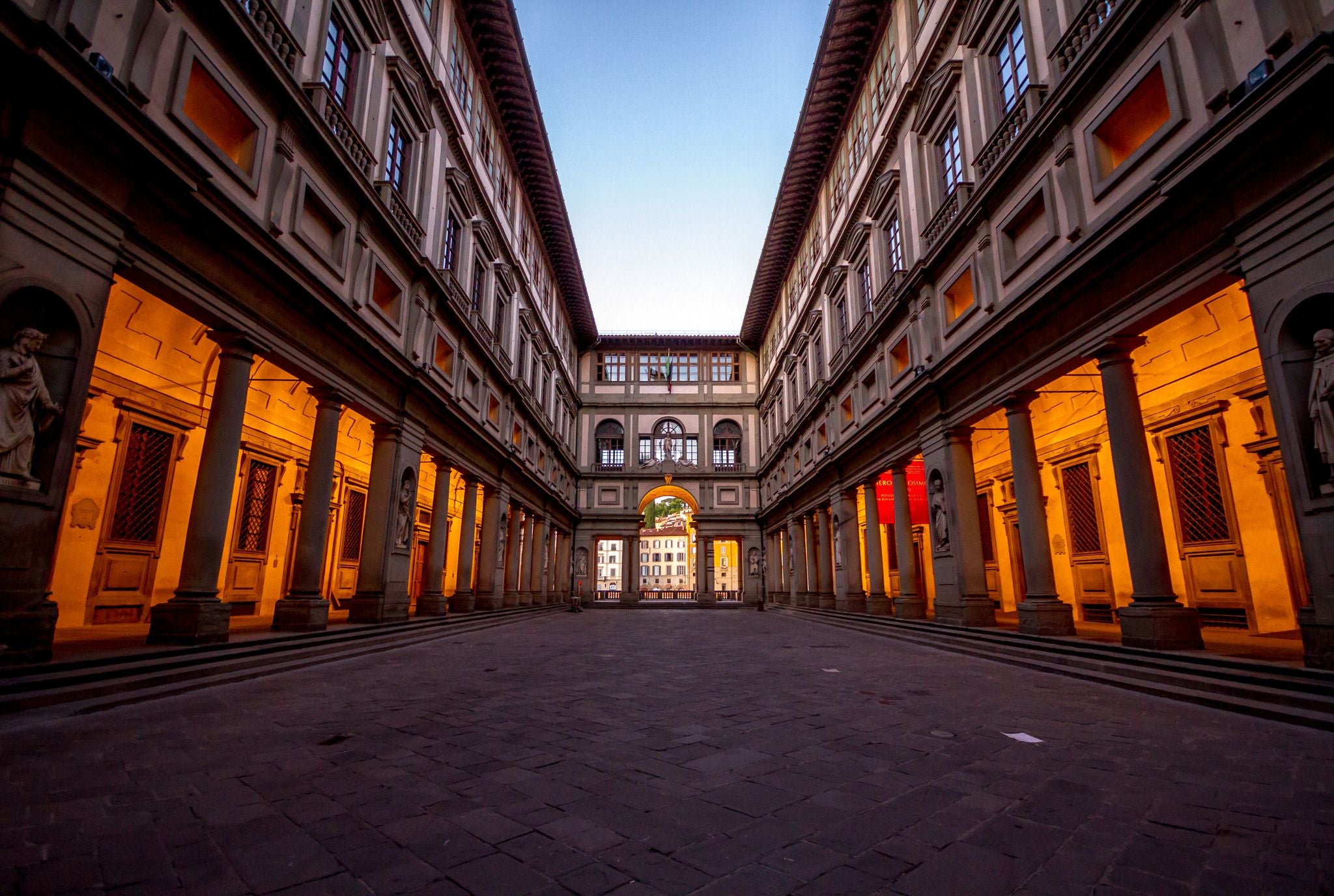
If you're more interested in Tuscany's cultural side, the region’s art and history shine brightest in the shoulder seasons.
The best time to visit Tuscany for art and history is in late spring (May to June) and early autumn (September to October). During these months, the weather is mild, perfect for outdoor exploration of historic cities and sites. The moderate temperatures allow you to enjoy Tuscany's famous landmarks without the intense summer heat.
These seasons also offer fewer crowds, so you can fully experience world-renowned art exhibitions and visit historical sites like the Uffizi Gallery in Florence or Piazza del Campo in Siena without the usual peak-season rush.
Many cities also host events and festivals, such as Opera di Firenze in June and various local art exhibitions, providing a deeper connection to Tuscany's rich artistic heritage. Late spring and early autumn are ideal for experiencing Tuscany's art and history with perfect weather, fewer tourists, and an abundance of cultural opportunities.
Masterpieces of Tuscan Art

Explore the heart of Italian Renaissance art and beyond. Tuscany’s galleries and palaces house some of the world's most celebrated art:
Bargello National Museum in Florence: This indoor museum is a treasure trove of Renaissance sculpture, offering an impressive collection housed within a historic building.
Museo Horne in Florence: An indoor museum that showcases a fine collection of Italian Renaissance art and furniture, providing visitors with an intimate look at the era’s craftsmanship.
Palazzo Strozzi in Florence: The indoor space of Palazzo Strozzi hosts significant exhibitions of both historical and contemporary art, making it a key cultural destination.
Pitti Palace in Florence: Explore the indoor galleries filled with art from the Renaissance to modern times, while the outdoor Boboli Gardens offer a beautiful escape. Take a private tour of Pitti Palace for a close-up view of its interiors and artworks.
Accademia Gallery in Florence: Famous for Michelangelo’s David and other Renaissance sculptures, this indoor gallery is home to masterpieces that showcase the beauty of the era. Discover more of its treasures on the Accademia Gallery small-group guided tour.
Uffizi Gallery in Florence: This renowned indoor museum is home to a vast collection of Renaissance art, including works by Botticelli and Da Vinci. See these works on a guided tour of the Uffizi Gallery in Florence and learn more about the masterpieces housed here.
Museo dell'Opera del Duomo (Florence Cathedral Museum): Located indoors, this museum features original cathedral works, including pieces by Michelangelo and Donatello. Join a private Florence Cathedral tour for an exclusive exploration of its architectural and artistic treasures.
Historical Landmarks of Tuscany

Step back in time and explore sites across Tuscany, from ancient civilizations to Renaissance splendors.
Certaldo: The birthplace of writer and poet Giovanni Boccaccio. This medieval town features preserved red brick buildings and offers a quieter, historical experience.
The Leaning Tower of Pisa: A symbol of architectural heritage. Explore Pisa City with a skip-the-line Leaning Tower climbing tour, which offers direct access to this iconic landmark.
The Walls of Lucca: One of the best-preserved Renaissance fortifications. Enhance your visit with a private walk tour through the Lucca Walls for a unique perspective on this historic structure.
The Roman Theatre in Fiesole: A significant archaeological site with ancient Roman ruins. For a deeper exploration, the Fiesole art and history tour provides an expansive view of this historic town's legacy.
The Medici Villas and Gardens: Explore these UNESCO sites with a private tour of the Medici family’s Villa Castello and Villa La Petraia. These villas showcase the grandeur and cultural richness of the Medici era.
Volterra: A town steeped in history, where Etruscan, Roman, and medieval legacies intertwine. Explore its rich past with a day trip from Siena to San Gimignano and Volterra.
San Gimignano 1300 Museum: This museum uses ceramic models to recreate the architecture and daily life of 1300s San Gimignano. Join a tour of San Gimignano with a local expert guide to explore its medieval history.
These months provide ideal conditions for comfortable sightseeing, vibrant cultural events, and a true glimpse into Tuscany’s history, making them the best time to visit Tuscany for art, culture, and history.
The Best Time To Visit Tuscany for Photography
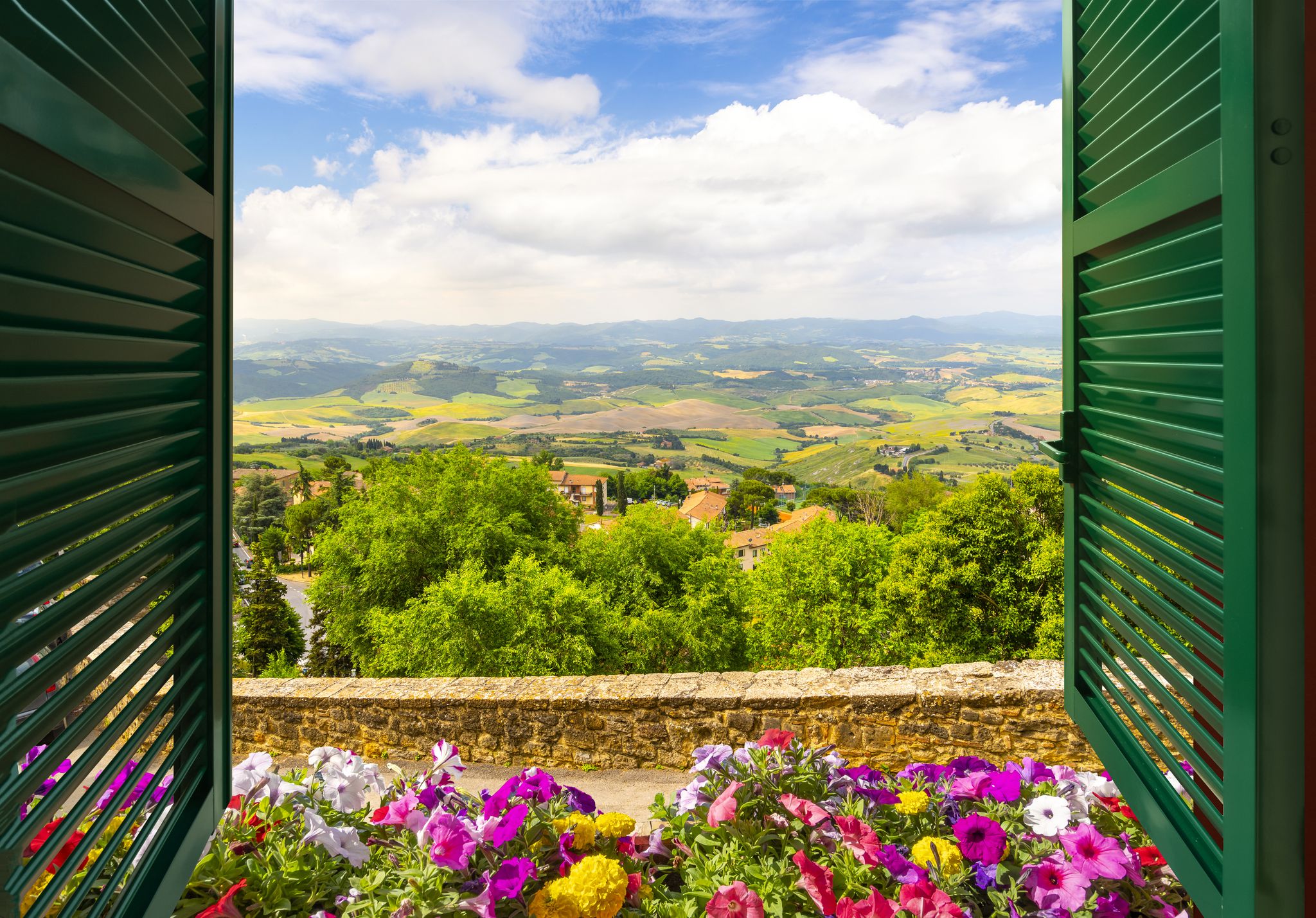
Tuscany’s beauty isn’t just found in museums and monuments. It’s also in the landscapes waiting to be captured. For photographers, spring (April to June) and autumn (September to October) are the best times to visit Tuscany.
The gentle, golden light during these months is perfect for capturing the region's breathtaking landscapes, from rolling hills to historic towns. The weather is ideal for outdoor shoots, offering a comfortable atmosphere without the summer heat.
In spring, the landscape comes alive with vibrant wildflowers and lush greenery. Autumn transforms the scenery with warm tones of gold and crimson as the vineyards prepare for harvest.
These seasons also bring fewer crowds, allowing photographers to capture Tuscany’s iconic sights like San Gimignano and Pienza without obstruction.
Spring Photography in Tuscany Highlights
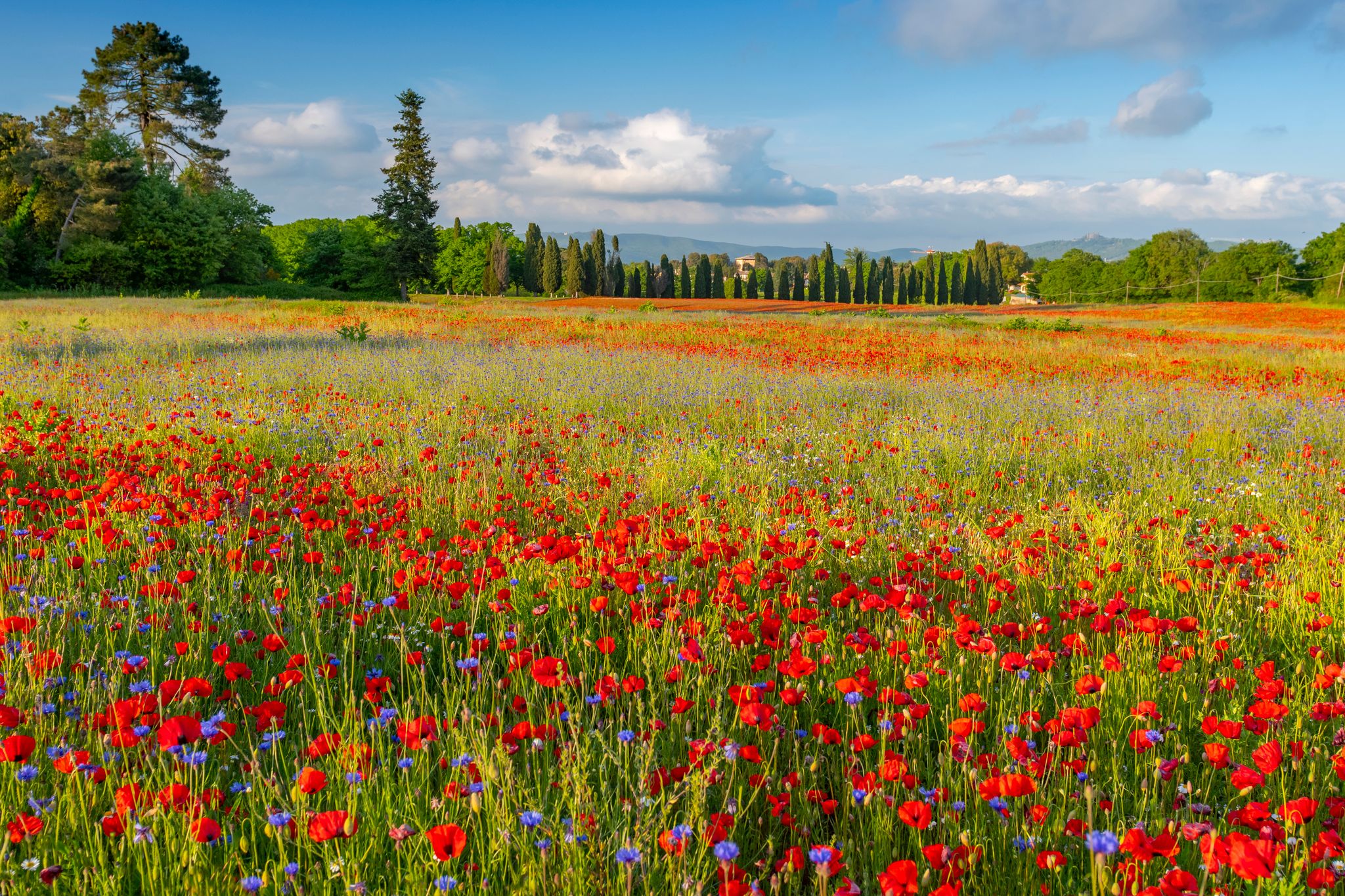
Spring brings fresh colors and soft light to Tuscany, making it a dream season for photographers. Here are some of the best places to capture Tuscany’s beauty during this time of year:
Cypress roads near Monticchiello: Photograph the classic Tuscan scenery featuring winding roads flanked by tall, elegant cypress trees.
Blooming wildflowers in Val d’Orcia: Capture the expansive views of lush green fields interspersed with vibrant wildflowers, including iconic red poppies.
Rustic beauty of Chianti's vineyards: Utilize the golden hours to take photos of the picturesque vineyards and historic hamlets. Experience the stunning scenery on a small-group tour of Chianti vineyards complete with wine tasting and dinner.
Architectural details in Florence: Spring mornings offer soft light, ideal for photographing Florence's historic landmarks. The Duomo guided tour with access to Brunelleschi's Dome lets you capture stunning views of the city and explore the architectural wonders of the cathedral.
Autumn Photography in Tuscany Highlights
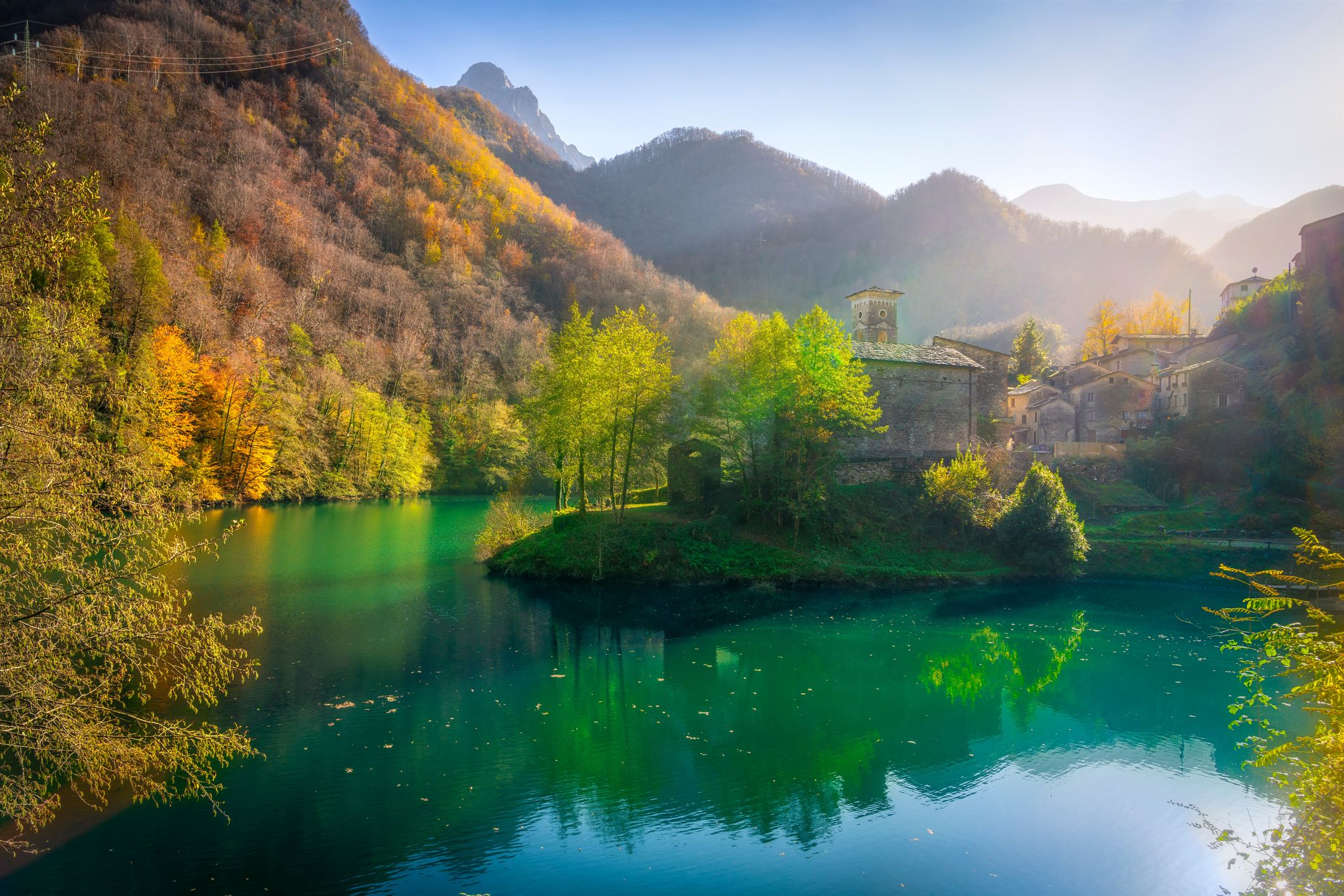
As the seasons shift, Tuscany takes on a warmer, more dramatic palette. Here are some top spots to capture the region’s beauty during fall:
Autumn hues of Bolgheri: Experience the vibrant countryside colors along the Tuscan coast, enhanced by the soft autumn light. Go on a half-day Bolgheri wine tour and shore excursion for a journey through the picturesque villages of Bolgheri and Castagneto Carducci.
Historic townscapes in Siena and San Gimignano: Explore these medieval towns during the soft autumn light that enhances their timeless architecture. Let a private day trip to Siena and San Gimignano reveal the rich history and stunning vistas of these destinations.
Etruscan and medieval sites in Volterra and Cortona: Capture the rich history of Volterra and Cortona, featuring ancient walls, medieval buildings, and scenic streets bathed in warm afternoon light. Join a Cortona private guided tour to delve into its Etruscan origins and medieval heart.
Autumn colors in Chianti and Montepulciano vineyards: Focus on the dramatic transformation of the vineyards as they adopt vivid colors. On a Montepulciano wine tour with a sommelier, you can marvel at these vibrant landscapes while learning about the region's wine products.
Morning mists in Mugello and Garfagnana valleys: Seek out the ethereal beauty of these valleys covered in mist, perfect for moody landscape photography. Discover more with the Garfagnana tour by van from Lucca or Pisa, where you can delve deeper into these captivating landscapes.
By focusing on these specific scenes and features, photographers can truly capture the essence of the region through their lenses, making spring and autumn the best times to visit Tuscany for photography.
The Best Time To Visit Tuscany for Festivals and Events
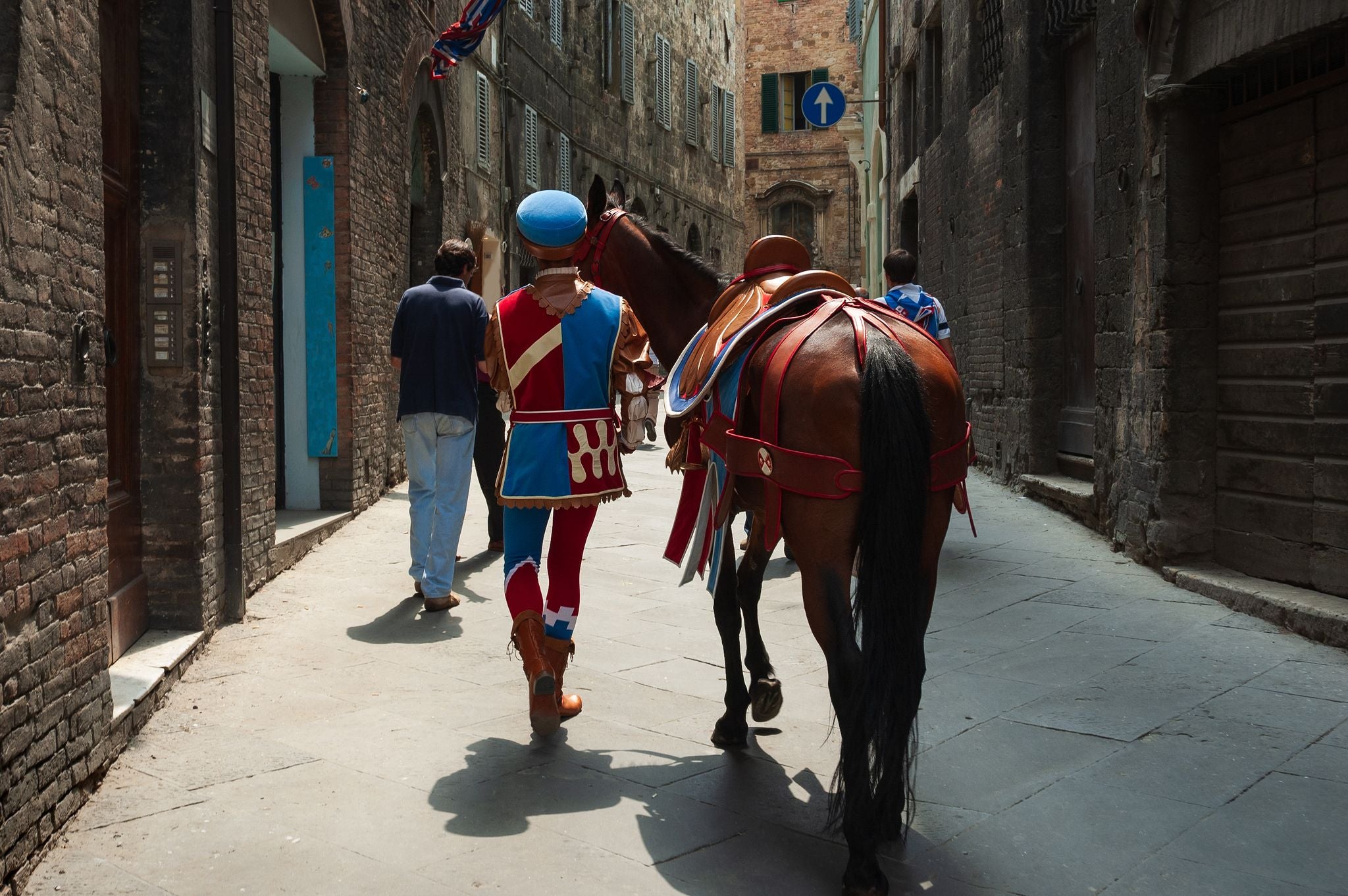
Tuscany isn’t just a visual masterpiece—it’s also full of life, especially when festivals and cultural events take center stage.
Summer (June to August) is the best time to visit Tuscany for festivals, as the region comes alive with a variety of cultural celebrations. The warm weather and long daylight hours provide the ideal conditions for outdoor events. This is when Tuscany’s traditions are celebrated in full swing, from the Palio di Siena in July to the Opera di Firenze performances in June.
Summer offers a vibrant atmosphere, with many towns hosting lively events like local music festivals, wine celebrations, and historical reenactments. These festivals draw crowds from all over, making it the perfect time for those seeking an energetic and festive experience.
Here are some of the most notable festivals and events held during the summer of 2025:
Sagra delle Ciliegie or Cherry Festival (May 31-June 1 and June 7-8) – A cherry festival in the town of Lari, featuring tastings, desserts, and market stalls.
Lucca Summer Festival (June–July; exact dates to be announced) – A major music festival in Lucca, featuring world-renowned artists performing in the city’s historic piazzas.
Luminara di San Ranieri (June 16): Pisa illuminates its buildings with thousands of candles along the Arno River, creating a magical atmosphere.
Giostra del Saracino (June 22 & September 21) – A medieval jousting tournament in Arezzo where knights on horseback compete, accompanied by historical parades and festivities.

Festa di San Giovanni (June 24) – Honors Florence's patron saint with fireworks along the Arno and the Calcio Storico, a traditional sport mixing football, rugby, and wrestling in Piazza Santa Croce.
The Monteriggioni Medieval Festival (July 2025; exact dates to be announced): Held in the well-preserved medieval town of Monteriggioni, Siena, this festival features reenactments, medieval games, and artisan displays.
Palio di Siena (July 2 & August 16) – A thrilling bareback horse race in Siena’s Piazza del Campo. A day trip to witness Siena’s Palio horse race offers a unique perspective and convenient access to this historic event.
Puccini Festival (July 18 to September 6): Dedicated to the famous composer Giacomo Puccini, this opera festival is held in Torre del Lago. Experience opera recitals and concerts at the Puccini festival.
Teatro del Silenzio in Lajatico (July 22-26): Founded by Andrea Bocelli, this unique outdoor concert venue hosts annual concerts. Explore it and nearby attractions on a tour of Volterra, Bocelli's theatre, and San Gimignano by minivan.
Sagra della Bistecca or Steak Festival (August 15-16) – A festival in Cortona honoring bistecca alla Fiorentina, where massive steaks are grilled over open flames and served in a lively atmosphere.
Chianti Classico Wine Festival (September 5-8) – This annual festival in Greve celebrates the region's famous wines. Experience it firsthand with an exclusive Chianti Classico day trip from Florence and immerse yourself in the heart of Tuscan winemaking.
With warm nights, lively streets, and an unmatched cultural energy, summer is the best time to visit Tuscany for festivals and immerse yourself in its festive spirit.
Experiencing Tuscany’s Thermal Baths in Winter
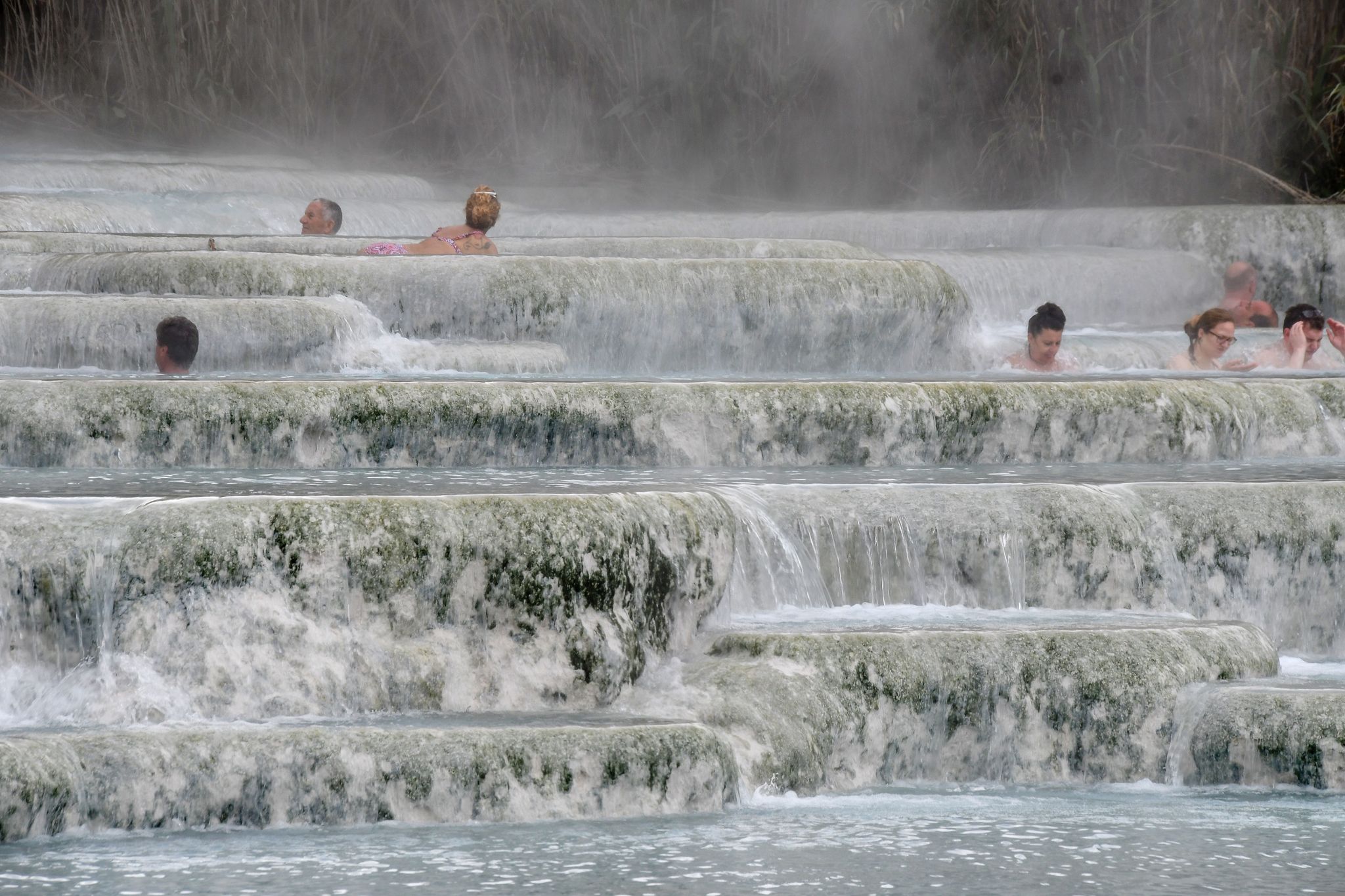
Once the festival crowds fade, Tuscany reveals a quieter side, ideal for unwinding in its soothing thermal waters. For those seeking ultimate relaxation, winter is the perfect time to experience Tuscany’s thermal baths.
From December to February, the crisp air makes the naturally heated waters even more soothing, offering a peaceful retreat from the cold. With mild daytime temperatures, winter provides the ideal conditions for unwinding in warm thermal springs.
Fewer visitors during this time means you can fully enjoy the tranquility of baths like those in Saturnia and Montecatini Terme. The serene atmosphere makes it an excellent season for wellness treatments and rejuvenation.
Winter is the season when Tuscany’s thermal baths offer the most peaceful and immersive experience, making it the best time to visit Tuscany for a relaxing getaway.
Popular Thermal Bath Destinations in Tuscany in Winter
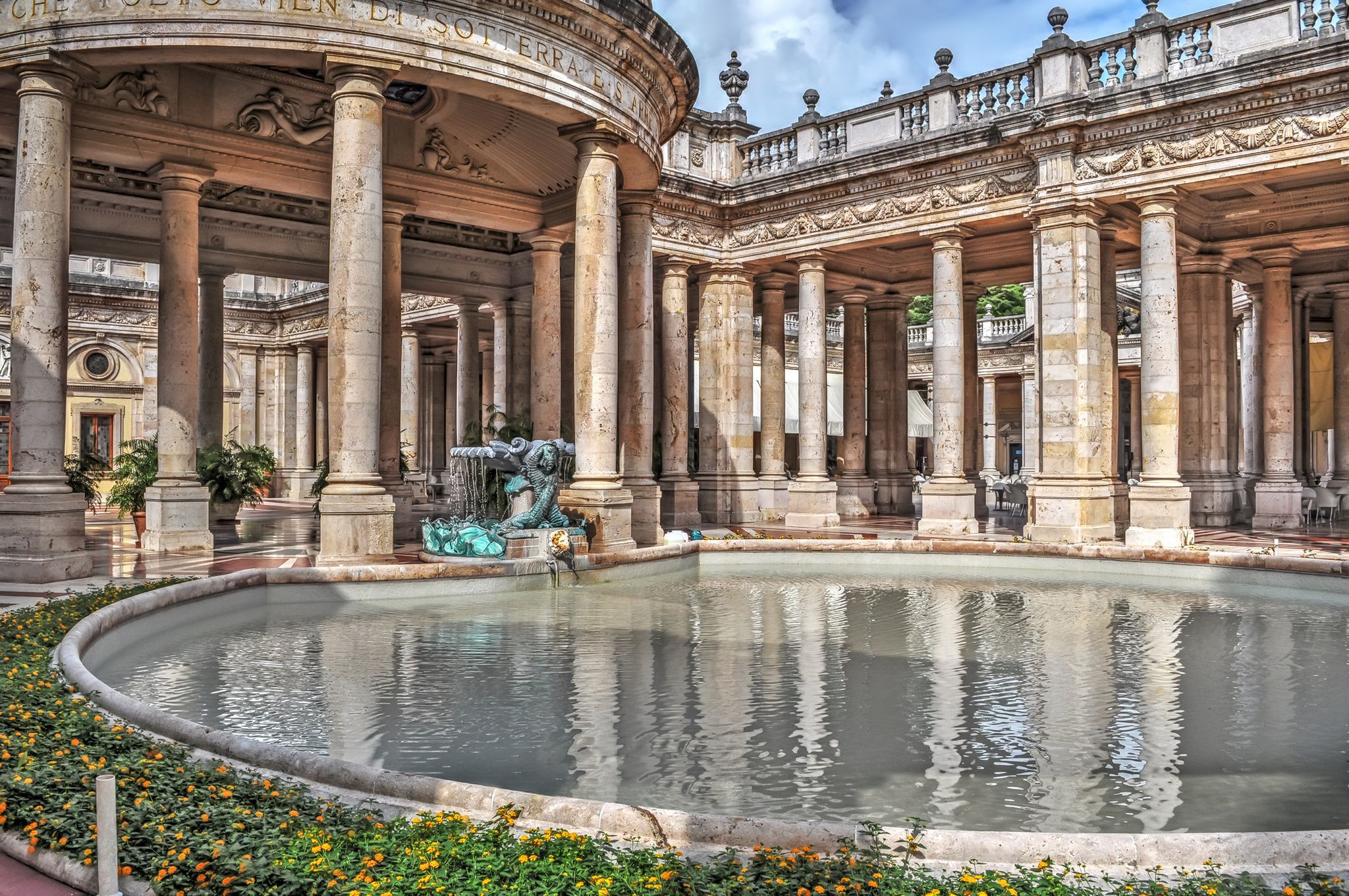
Tuscany is home to several thermal bath destinations where you can unwind in naturally heated waters while enjoying peaceful winter landscapes. Here are some of the best places to soak and relax during the colder months:
Montecatini Terme: Known for its luxurious spa facilities, Montecatini Terme offers a variety of thermal baths and wellness treatments. After soaking in the healing waters, unwind in cozy indoor relaxation areas, making it the perfect spot to escape the winter chill.
Bagno Vignoni: The village’s historic, large thermal pool set in the heart of town is a unique feature. The medieval architecture and tranquil atmosphere enhance the feeling of timeless relaxation. It's a place to soak in history while you rejuvenate.
Chianciano Terme: This fantastic spot offers extensive indoor wellness facilities. Relax and rejuvenate with a Theia Thermal Pools entrance ticket, granting access to the tranquil thermal pools and a serene atmosphere that makes winter visits especially inviting.
Saturnia: Known for its warm, sulfurous waters, a Saturnia natural hot springs experience offers a steamy, soothing experience in the cool winter air. The picturesque surroundings, including frost-covered landscapes, make for an immersive thermal bath experience.
Bagni San Filippo: Located in a forested setting, Bagni San Filippo is known for its wild hot springs and the stunning "Fosso Bianco" thermal pools. In winter, the snow-capped hills create a striking contrast with the warm, steaming waters, providing a serene and scenic escape.
Winter enhances the thermal bath experience in Tuscany. The combination of steamy mineral pools, crisp air, and serene, picturesque settings creates the ideal atmosphere for relaxation.
The Best Time To Visit Tuscany for Outdoor Adventures
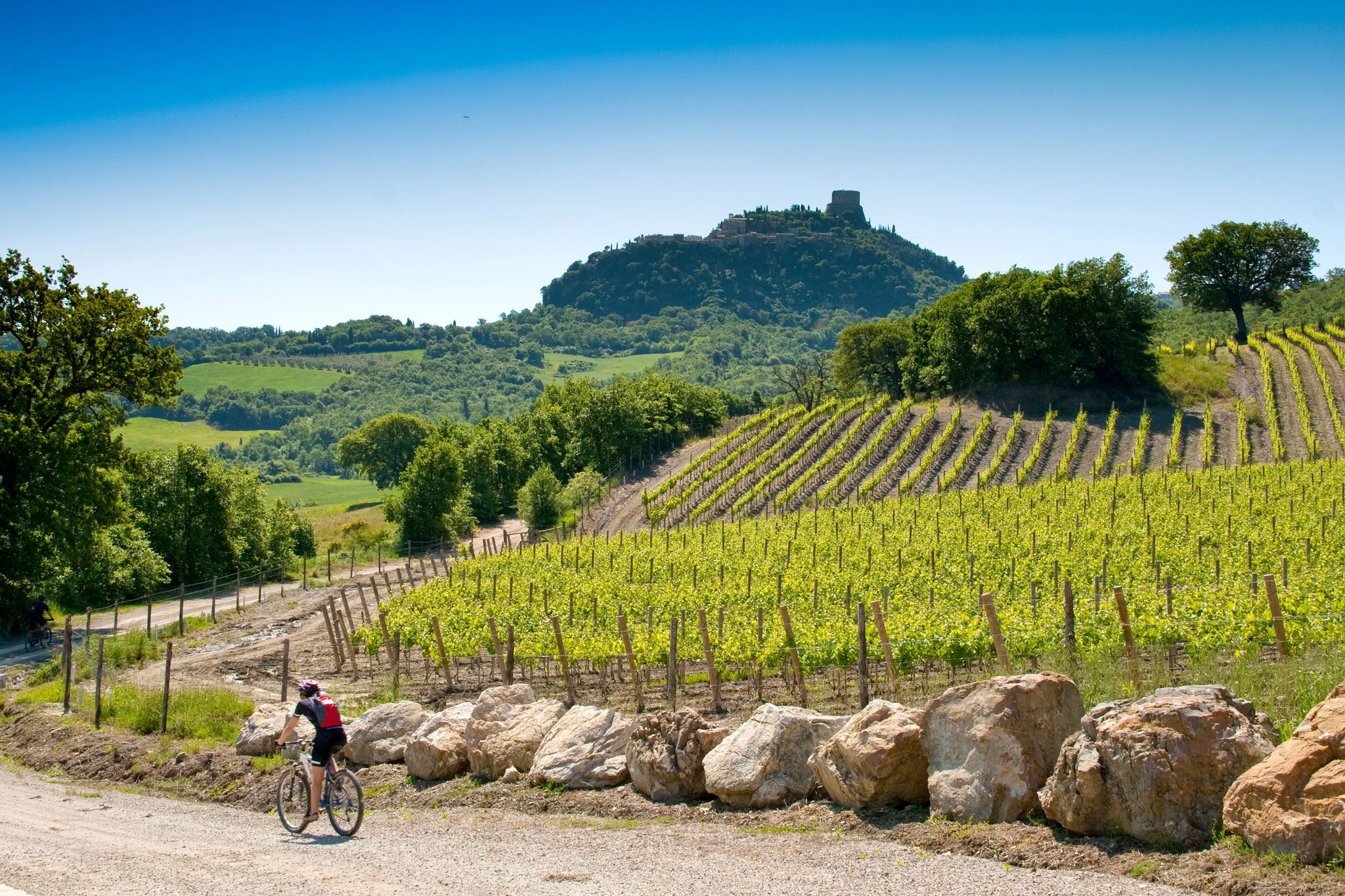
After a restful winter escape in Tuscany’s thermal baths, the return of milder weather invites you to experience the region’s wilder side—perfect for hiking, cycling, and scenic countryside adventures.
When it comes to outdoor adventures, spring (April to June) and autumn (September to October) offer the most favorable conditions in Tuscany. These seasons offer mild temperatures, the best time to visit Tuscany for hiking, cycling, and exploring the countryside.
With fewer tourists than in the summer, you can enjoy Tuscany’s breathtaking landscapes without the crowds.
In spring, the landscape bursts with lush greenery and wildflowers, while autumn paints vineyards and forests in golden and red hues. Both seasons provide comfortable conditions to explore Tuscany’s outdoor gems like the Val d'Orcia, Chianti hills, and medieval towns.
Spring Outdoor Adventures in Tuscany:
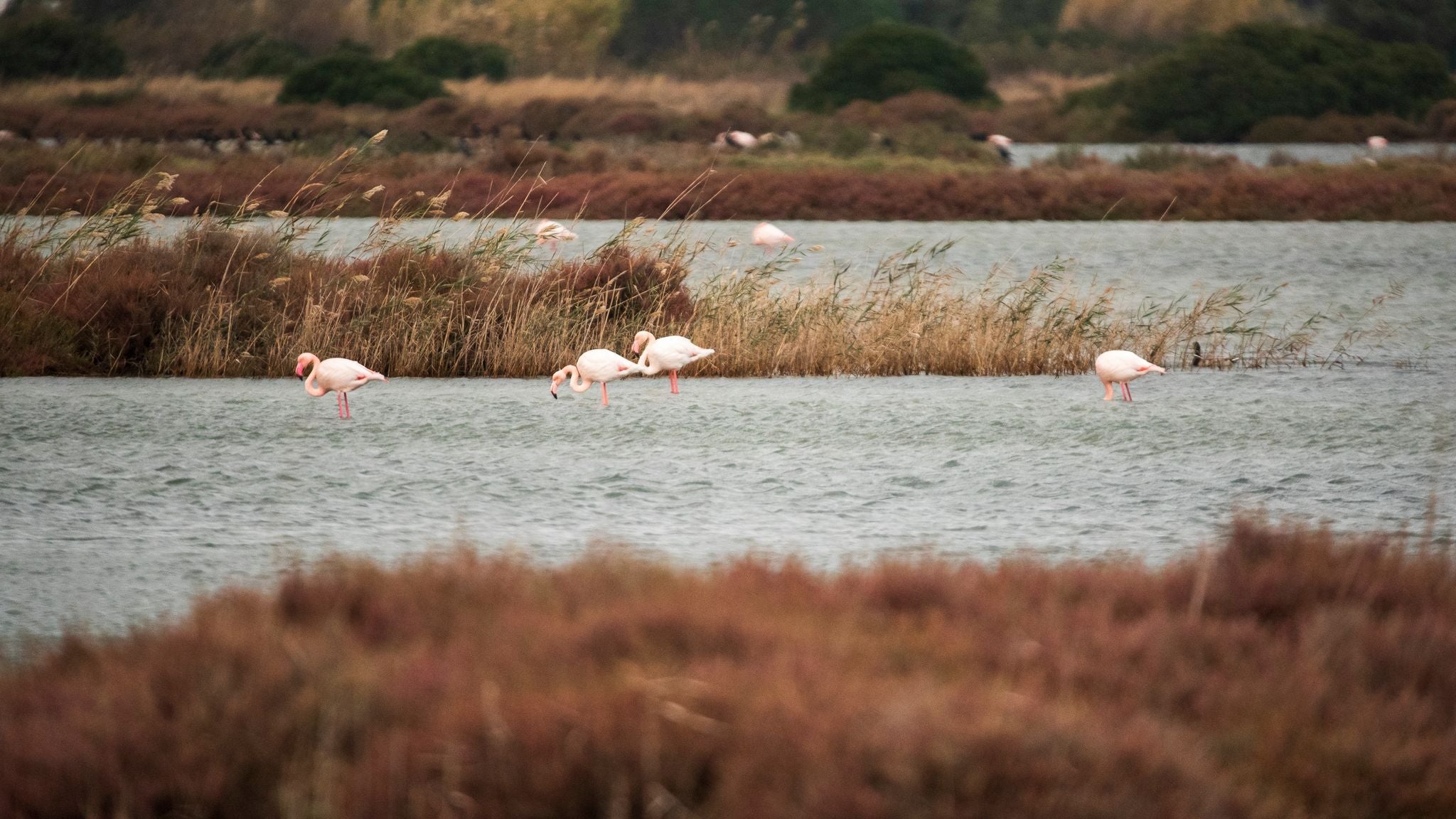
As the region comes back to life after winter, spring sets the stage for outdoor adventures in Tuscany. From birdwatching to cycling, here are some of the best ways to enjoy the season’s fresh air and stunning scenery:
Birdwatching at Orbetello Lagoon: Spot migrating birds returning to this diverse habitat.
Canyoning in Garfagnana: Dive into an exhilarating adventure amidst Tuscany’s rugged landscapes.
Hiking and cycling in Val d’Orcia and the Apuan Alps: Explore vibrant landscapes dotted with wildflowers and lush greenery, ideal for trail enthusiasts.
Cycling through Chianti and Val D'Orcia: Ride along vineyard-covered roads, enjoying the peaceful pre-summer scenery. Join the Tuscany small-group cycling tour to explore these iconic regions on two wheels, experiencing their beauty up close.
Autumn Outdoor Adventures in Tuscany

As the landscape shifts into warm autumn tones, Tuscany becomes a playground for outdoor experiences. From cycling through vineyard-covered hills to hands-on olive-picking, here are the top adventures to enjoy in the crisp fall air:
Biking in Montepulciano: Cycle the hills covered with autumn-hued vineyards.
Hiking in Casentino Forests National Park: Wander through colorful forests with cooler temperatures, perfect for extended treks.
Kayaking on the Arno River and Lake Trasimeno: Experience the tranquil waters and scenic views of Tuscany from a unique vantage point. Join the Arno River kayak tour to paddle under the historic arches of Florence's Old Bridge.
Horseback riding in Chianti: Trot through cypress-lined paths and olive groves ready for the harvest. Explore the landscape with the Tuscan Chianti Hills horseback riding tour, taking you through the heart of this picturesque region.
Olive-picking in Lucca and Chianti: Participate in olive harvesting and taste fresh olive oil. The Olive Harvest in Tuscany tour offers a unique experience, including a visit to a local mill to see olives pressed into extra virgin olive oil and taste the fresh oil.
Spring and autumn let you enjoy ideal weather, stunning views, and activities like hiking and kayaking that showcase Tuscany's natural beauty.
The Best Time To Visit Tuscany for Luxury Shopping

If you're looking to balance your outdoor adventures with a touch of indulgence, Tuscany’s luxury shopping scene is best enjoyed in the quieter, more comfortable shoulder seasons.
The best time to visit Tuscany for luxury shopping is during spring (April to June) and autumn (September to October). These months offer pleasant weather, making it comfortable to stroll through Tuscany’s high-end boutiques and designer stores.
During these periods, Tuscany has fewer tourists. This means a more relaxed shopping experience without the usual crowds. Also, new collections and seasonal sales in these months let you find exclusive items and luxury goods more easily.
Top Spring Luxury Shopping Destinations in Tuscany:
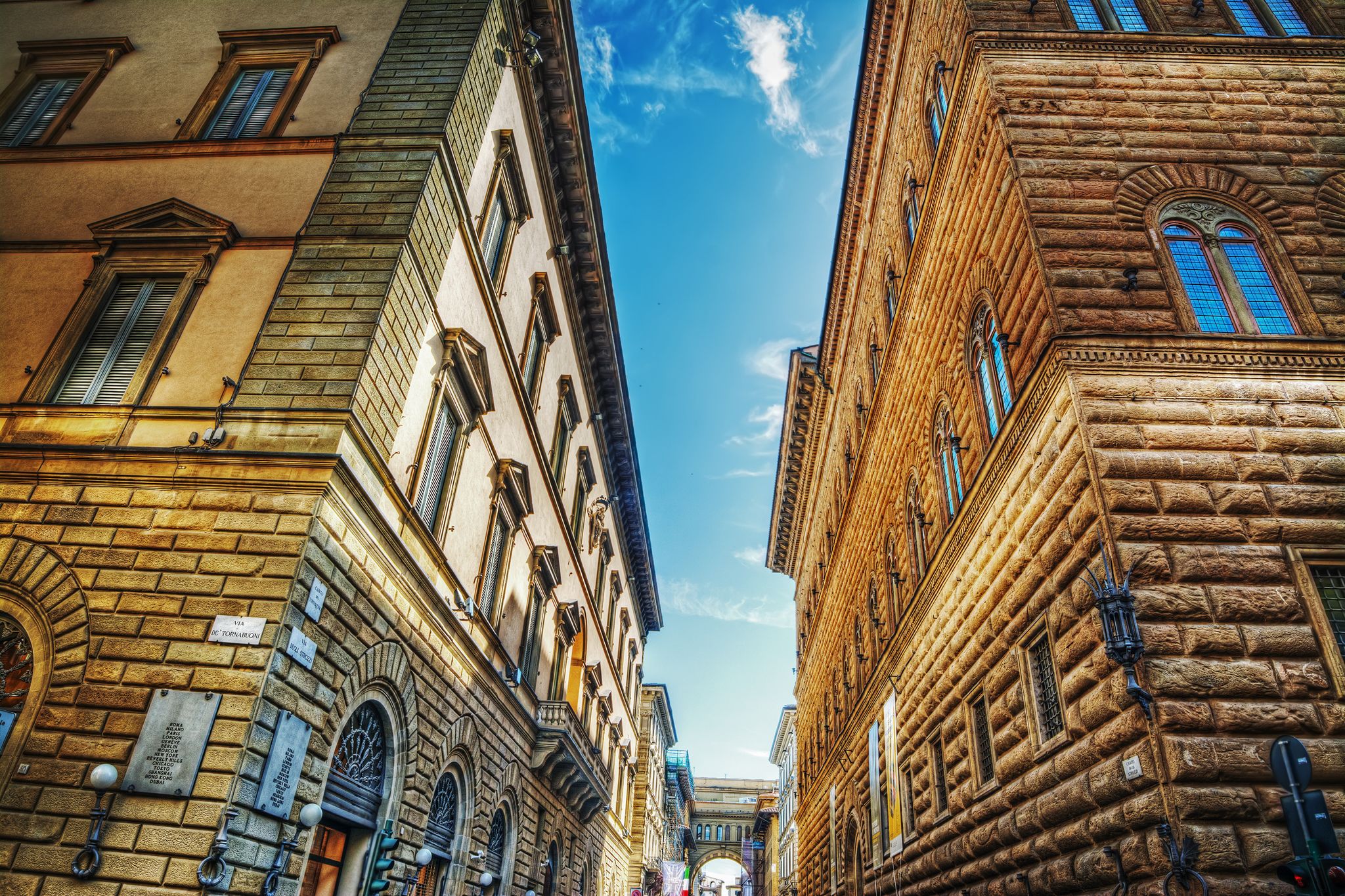
Spring in Tuscany blends style with tradition, offering the ideal setting to discover designer fashion and high-quality local craftsmanship. Here are the top luxury shopping destinations to explore during the season:
Florence’s Via de' Tornabuoni: Visit this premier shopping street to browse the latest collections from top international designers.
Arezzo’s artisanal markets: Explore outdoor markets and specialty stores for unique Tuscan crafts and luxury artisanal items.
Forte dei Marmi boutiques: Enjoy the mild weather while shopping at the elegant boutiques in this luxurious seaside resort known for its upscale shops. Here, you can even create the sneaker of your dreams, adding a personal touch to your stylish finds.
Top Autumn Luxury Shopping Destinations in Tuscany:
Autumn brings a refined shopping experience to Tuscany, with end-of-season sales, artisan finds, and fewer crowds. It’s the perfect time to browse designer collections and discover unique local products in beautiful settings.
Florence’s Via de' Tornabuoni in autumn: Experience the end-of-season sales at this iconic fashion street as world-renowned designers make room for new collections.
Chianti’s vineyard boutiques: Combine shopping with wine tastings in the scenic vineyards of Chianti, where local wineries often feature boutique stores with exclusive products.
Siena’s cultural shopping experience: Visit Siena during autumn to enjoy not only the reduced prices in boutiques but also the enriching cultural atmosphere of this historic city. You can explore these boutiques on a customized private tour of Siena.
For refined and enjoyable shopping, visiting Tuscany during these seasons offers exclusivity, comfort, and variety. This ensures a stress-free and elegant experience in the region’s most prestigious boutiques and markets.
The Best Time To Visit Tuscany for Agritourism Experiences

After browsing high-end boutiques, discover another side of Tuscany that’s rooted in tradition, nature, and farm-to-table living. Agritourism offers a rewarding way to connect with the region’s land and people, and spring (April to June) and autumn (September to October) are the prime seasons in Tuscany.
These months align with key farming activities, such as vineyard harvests in autumn and the early growth stages of olive trees and vines in spring. The mild temperatures are ideal for exploring Tuscany’s scenic countryside and immersing yourself in farm life.
During these seasons, Tuscany has fewer tourists, allowing for a more relaxed agritourism experience. Enjoy farm-to-table meals, join in olive oil production, or tour vineyards for an authentic taste of rural life.
Spring Agritourism Activities in Tuscany
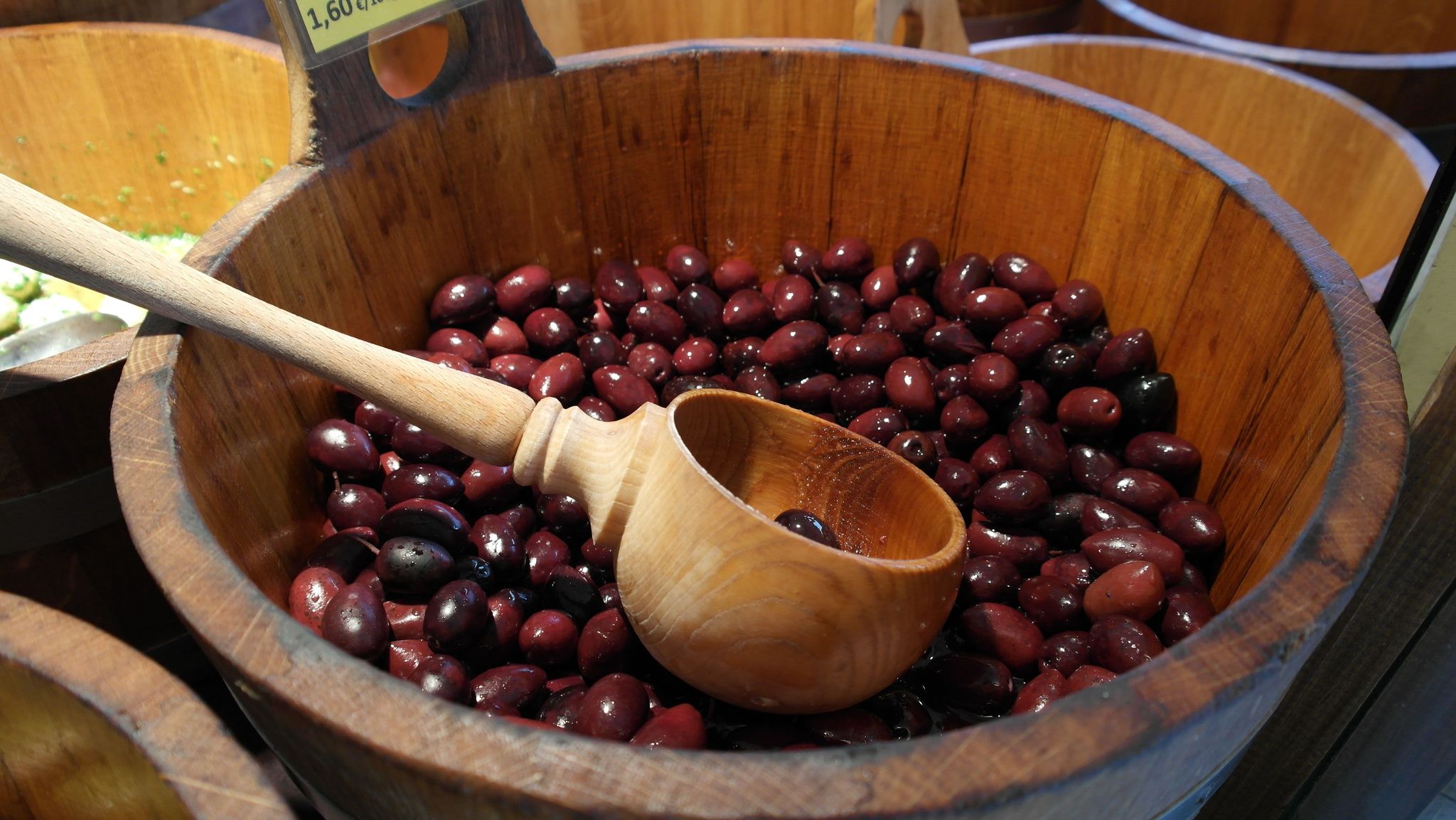
As the Tuscan countryside begins to bloom in spring, farms and small producers open their doors to visitors eager to connect with nature and learn seasonal skills. Here are some of the top agritourism experiences to enjoy during spring in Tuscany:
Truffle hunting in San Miniato: Join truffle hunts in San Miniato with tasting to explore the art of truffle hunting and enjoy the delicacies you find.
Vineyard and olive grove care in Chianti: Learn about planting techniques and early-stage care in the picturesque vineyards and olive groves of Chianti.
Herb garden visits in San Gimignano: Explore herb gardens where local farmers grow plants for traditional Tuscan cuisine in the historic town of San Gimignano.
Cheese-making workshops in Pienza: Participate in hands-on workshops in Pienza, known for its traditional Tuscan cheeses. You can even visit Pienza and Montalcino to taste the region’s wine and cheese, delving deeper into its culinary heritage.
Autumn Agritourism Activities in Tuscany
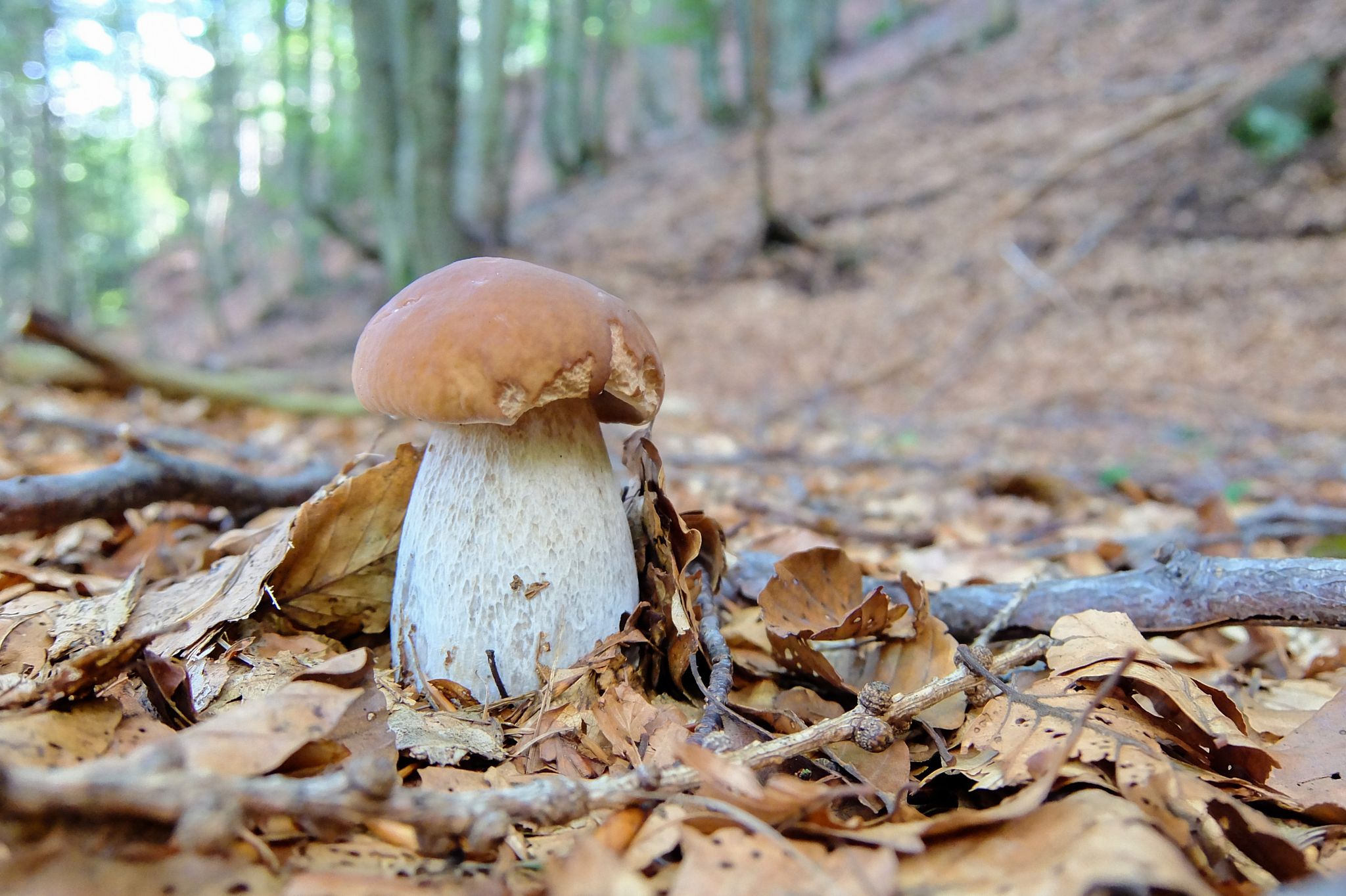
As Tuscan vineyards and olive groves come alive with activity in autumn, visitors can take part in seasonal events and hands-on experiences that celebrate local food, wine, and rural life. Here are some of the top agritourism activities to enjoy in Tuscany during the fall:
Harvest festivals in Greve in Chianti: Join local harvest celebrations, including open-air feasts and folk performances in Greve in Chianti.
Olive harvesting in Lucca: Help pick olives and watch the pressing process to make fresh extra virgin olive oil in the olive groves around Lucca.
Seasonal specialties in Siena: Savor autumn favorites such as wild boar stew, roasted chestnuts, and pecorino cheese with honey in historic Siena.
Grape stomping in Siena: Join the grape harvest, participate in traditional grape stomping, and watch winemaking in action. Enjoy these activities with a private grape stomping at a Chianti farmhouse.
Wine tastings in Montepulciano: Sample new wines with traditional Tuscan dishes at local vineyards. The winery tour and wine tasting in Montepulciano offer a deeper exploration of the region's renowned wines.
Spring and autumn offer comfortable weather for farm visits and outdoor activities, making them the best times to visit the Tuscany region for agritourism.
Best Time to Visit Tuscany's Cities and Hidden Gems
Tuscany is home to Italy's most popular cities and many hidden gems. Each season unfolds with its own charm, from Florence’s Renaissance art to Siena’s medieval structures and Pisa's iconic tower.
Whether you're visiting cities like Florence or exploring quieter towns like Lucca, choosing the best time to visit Tuscany can greatly enhance your experience.
Best Time To Visit Tuscany’s Top Destinations
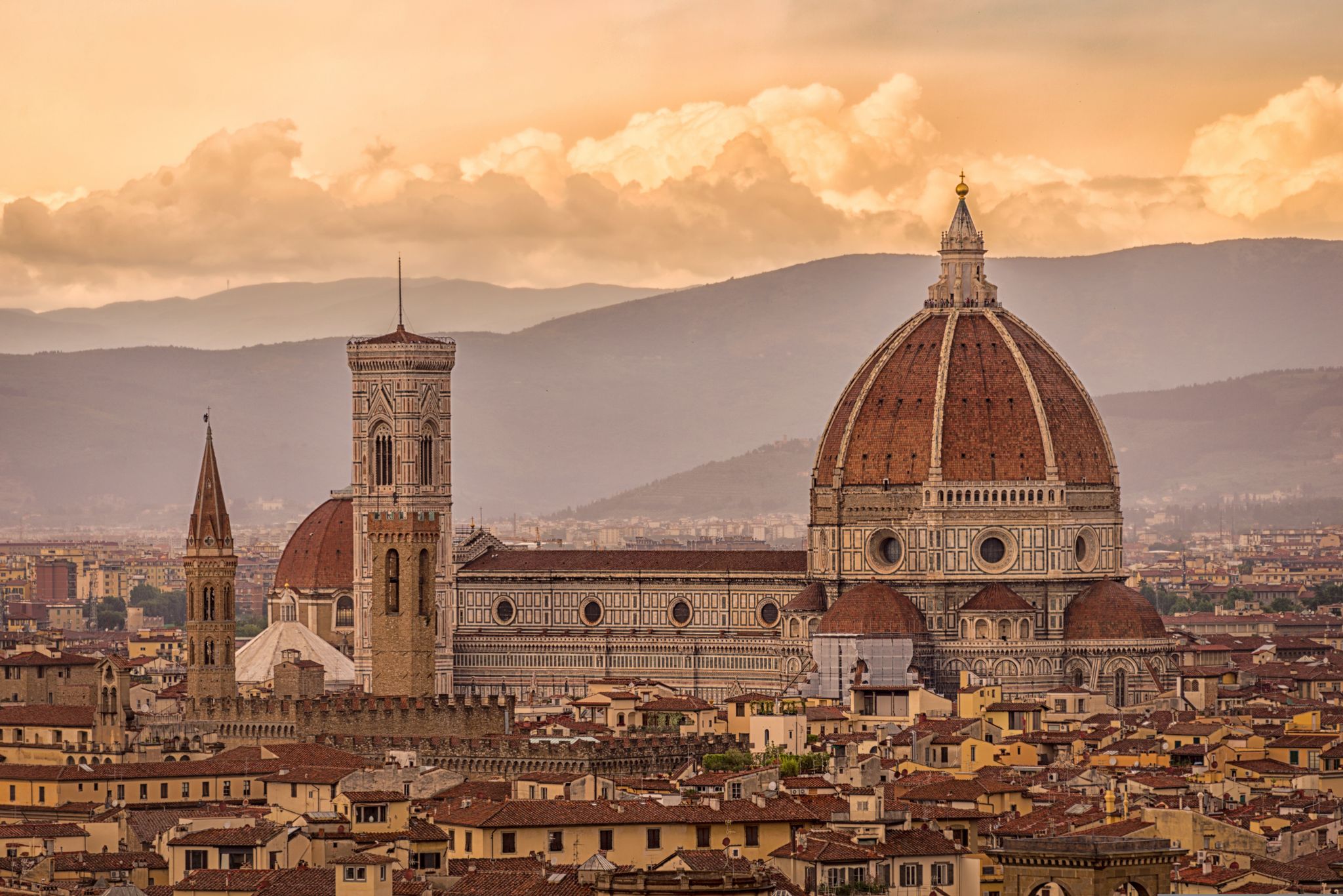
These cities are famous for their rich history, art, and cultural significance, making them popular destinations for travelers:
Florence: Spring is the best time to visit Florence, bringing mild weather and blooming flowers, ideal for visiting. The city's Renaissance beauty is enhanced, along with unique outdoor art displays.
Siena: Timing your trip to Siena in summer is a great idea, when you can witness the Palio horse race. This centuries-old tradition held in July and August offers a deep dive into local culture.
Pisa: When choosing the best time to visit Pisa, consider early autumn to avoid the peak tourist season and still enjoy warm weather. This time allows for a leisurely exploration of its historic sites and the university.
Arezzo: Visit in early fall to catch the last of the warm weather and the vibrant display of Arezzo’s Antiques Fair, which occurs monthly.
San Gimignano: Autumn is ideal as the crowds thin and the countryside glows with golden hues. Enjoy the medieval towers and stunning vistas during this serene season.
Best Time To Visit the Hidden Gems in Tuscany, Italy
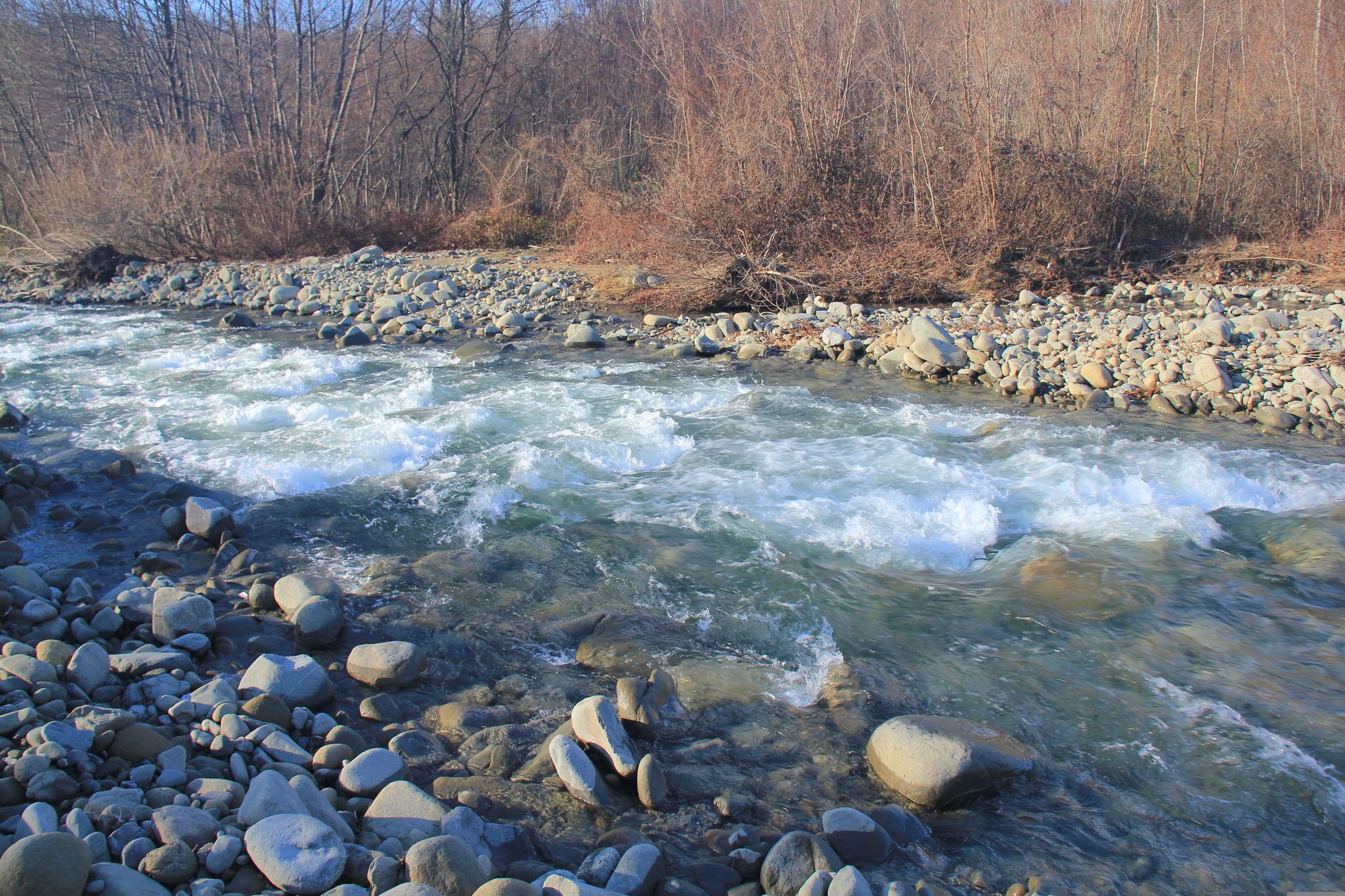
These towns are lesser-known but offer equally enriching experiences with fewer crowds. These hidden gems are ideal for those looking to explore off-the-beaten paths:
Lucca: Early spring, when the flowers bloom along its famous Renaissance walls. It is a magical time to explore Lucca by bike or on foot.
Volterra: Late spring is excellent in Volterra. Visitors can enjoy its Etruscan and Roman sites in comfortable temperatures and lesser crowds.
Cortona: Autumn brings spectacular foliage, making it a picturesque time to visit. Experience Cortona’s Etruscan and Roman history against a backdrop of changing leaves.
Montepulciano and Montalcino: Late autumn is harvest time for these wine regions. Visitors can join in grape picking and enjoy wine festivals.
FAQs About the Best Time To Visit Tuscany and More
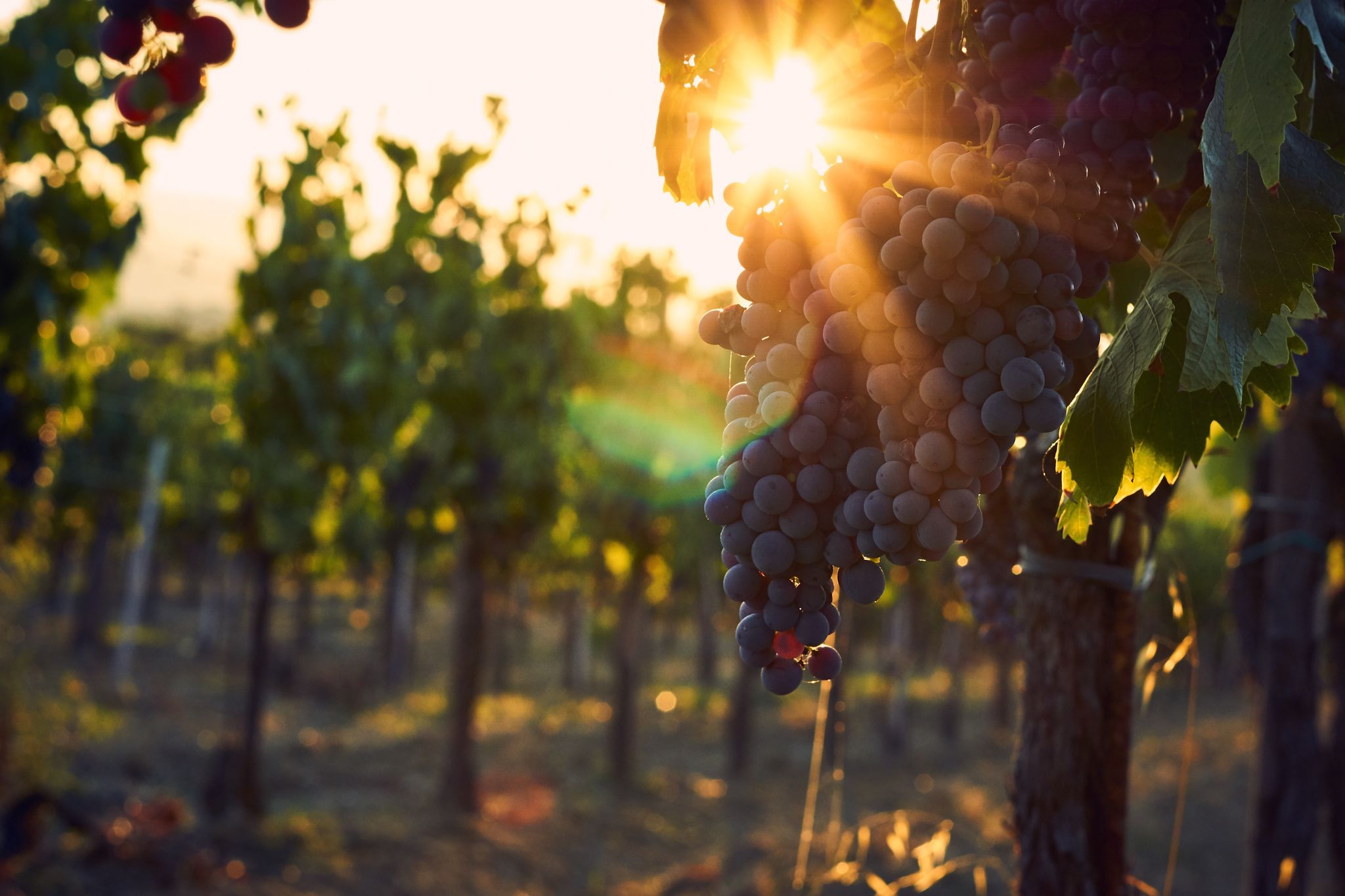
How many days do I need in Tuscany to explore thoroughly?
For an in-depth exploration of Tuscany that includes its cities, hidden gems, coastal areas, and wine regions, 10 days or more is ideal. A week in Tuscany lets you see highlights like Florence, Siena, and the countryside. However, a longer stay helps you dive into local culture, find hidden gems, and enjoy Tuscany’s varied landscapes at a leisurely pace.
What is the best month to visit Tuscany, Italy?
May and September are considered the best months to visit Tuscany. The weather is usually nice, and the main tourist crowds have diminished. These months also coincide with many local festivals and events, providing a rich cultural experience.
When is the worst time to visit Tuscany?
Tuscany is a year-round destination, but August can be challenging due to peak-season crowds and high temperatures, which often exceed 95 F (35 C) in cities like Florence and Siena.
Many small businesses take a break around Ferragosto (August 15), especially in rural areas. However, it’s also a vibrant time with summer festivals, and the Tuscan coast and mountains offer cooler, more relaxing alternatives.
What is the most visited city in Tuscany?
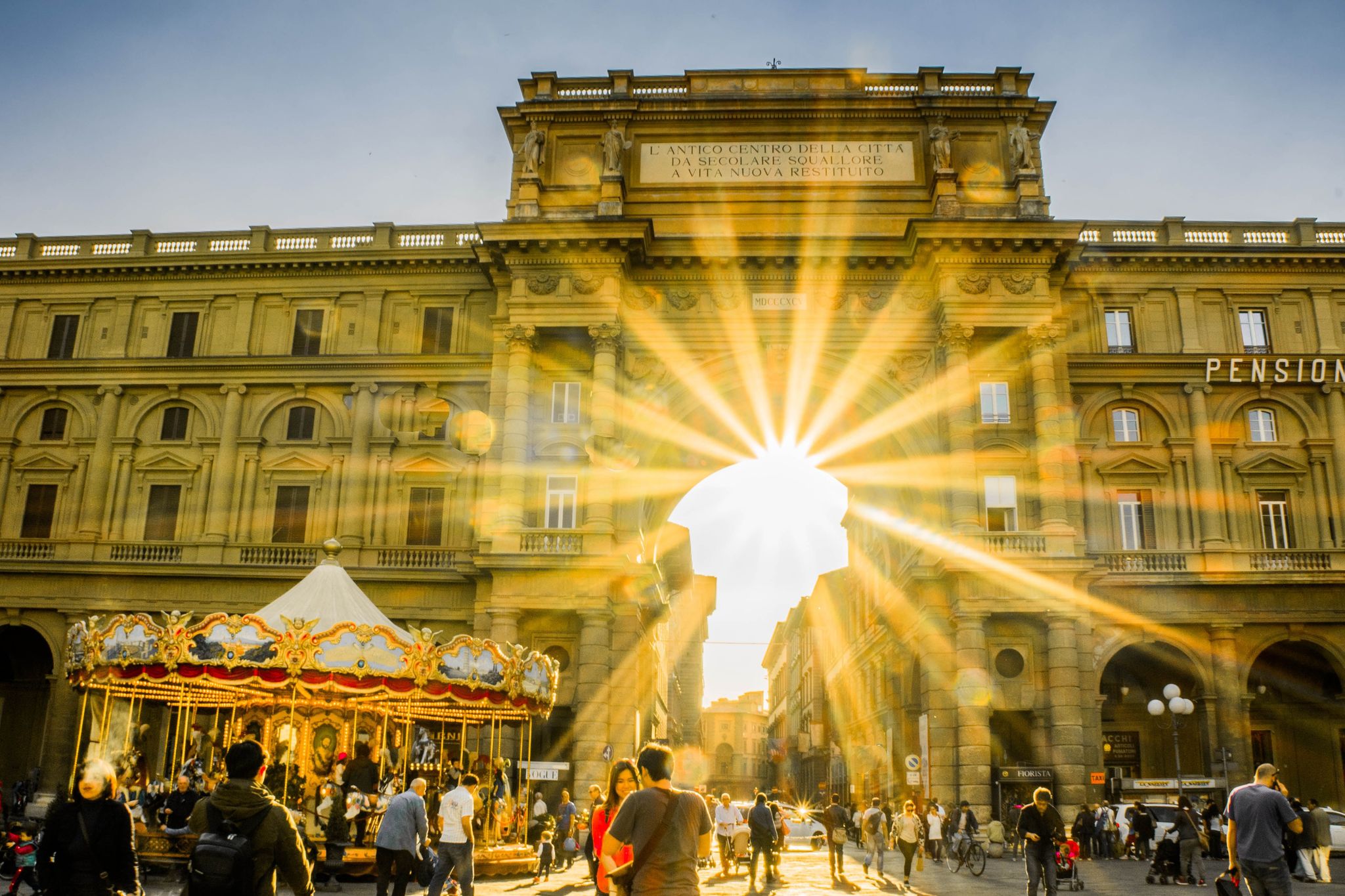
Florence is the most visited city in Tuscany, attracting millions of travelers per year. Renowned for its contributions to art and culture, Florence features iconic structures like the Duomo and Ponte Vecchio. The city serves as a hub for historical, cultural, and shopping activities that draw visitors from around the world.
Where is the most beautiful part of Tuscany?
Val d’Orcia is home to some of Tuscany’s most picturesque hilltop towns. Pienza, known for its Renaissance urban design, and Montalcino, famous for its prized Brunello wine, showcase the region’s timeless charm.
Designated as a UNESCO World Heritage Site, Val d’Orcia’s rolling hills, cypress-lined roads, and golden wheat fields are among the most iconic and photographed landscapes in Italy.
What is the best town to stay in Tuscany?
The best town to stay in Tuscany depends on your travel priorities. Florence is ideal for first-time visitors, offering unmatched access to Tuscany’s art, history, and transport connections.
For a quieter yet well-connected option, Lucca provides a charming, less touristy atmosphere with medieval walls and excellent day-trip access to Pisa and the coast. Siena is great for anyone who loves history and wants to be near the Chianti wine region. Montepulciano, on the other hand, provides a classic countryside escape with its rolling vineyards and famous wines.
For an immersive Tuscan experience, Pienza and San Gimignano offer stunning landscapes, medieval charm, and a slower pace away from the crowds.
Is it safe to travel to Tuscany alone?
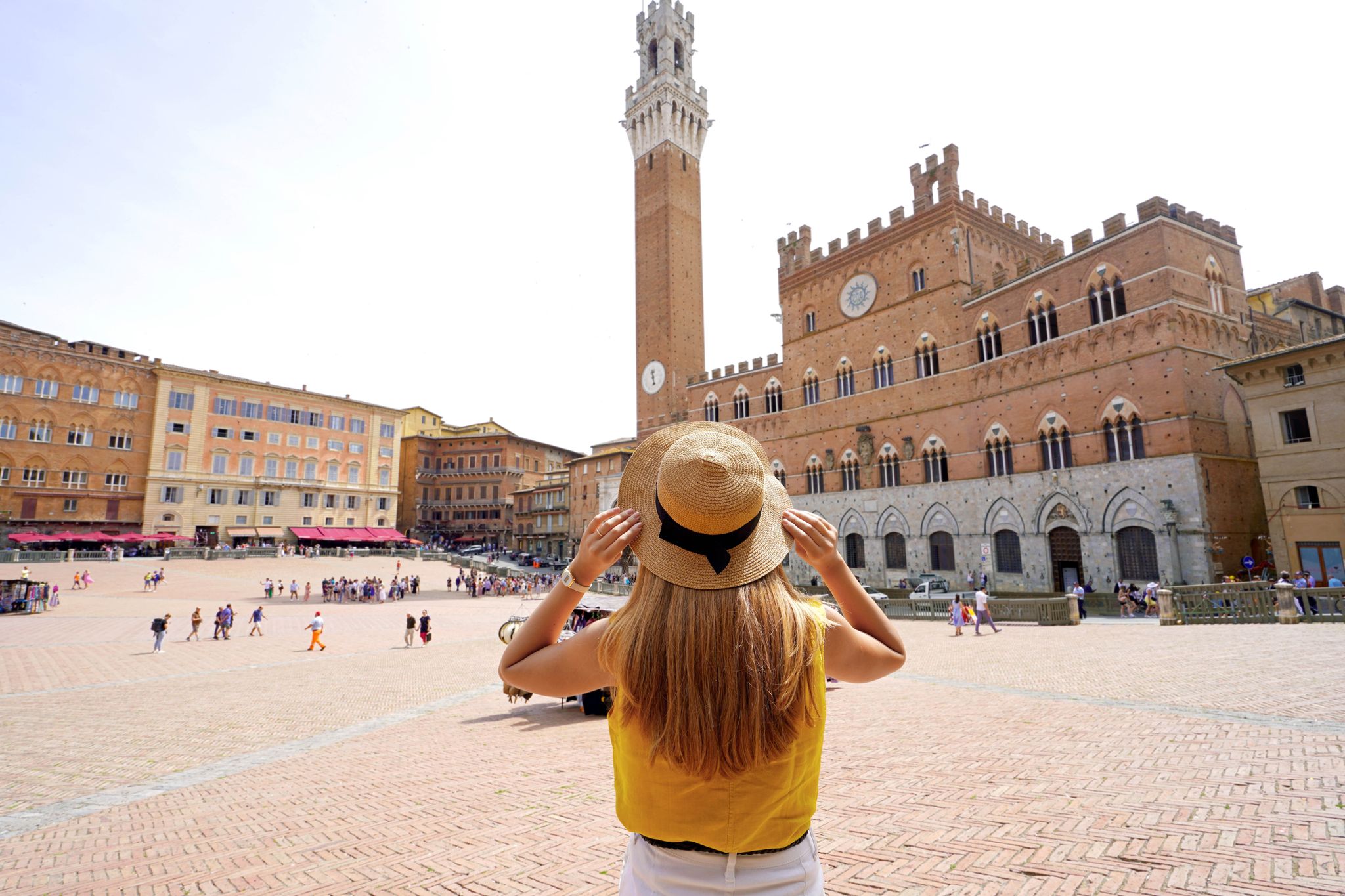
Tuscany is considered very safe for solo travelers, including women and first-time visitors. The locals are friendly and helpful, and the region is well accustomed to accommodating tourists. Standard travel precautions are recommended, as with any destination.
Can I explore Tuscany without a car?
Yes, you can. Tuscany's public transportation connects key cities like Florence, Pisa, Lucca, and Siena, making it convenient to visit these cities by train or bus. You can easily book train tickets to Florence from various parts of the region. Additionally, train tickets to Siena and Pisa are also available for smooth travel within Tuscany.
If you want to explore the countryside and small towns like San Gimignano, Montepulciano, or Pienza, booking a rental car in Florence gives you the freedom to travel at your own pace.
Is Tuscany expensive to visit?
Tuscany can be expensive to visit, but costs vary depending on the time of year, travel style, and where you stay.
Travelers can expect to spend 50 EUR-100 EUR (55 USD-110 USD) per day by staying in hostels or agriturismos, dining at affordable osterias, and using public transportation.
Mid-range visitors typically spend 120 EUR-250 EUR per day (130 USD-275 USD), staying in three-star hotels or B&Bs, dining at mid-range restaurants, and visiting key attractions.
Luxury travelers often spend 300 EUR (330 USD) or more per day, staying in boutique hotels or villas, dining at fine restaurants, and booking private experiences like vineyard tours.
Florence and Siena tend to be the most expensive, especially in peak season, but costs drop in smaller towns and during the off-season.
Choose The Best Time To Visit Tuscany for an Epic Getaway

As you plan your journey to Tuscany, remember that the region offers unique experiences each season. The best time to visit Tuscany depends on the activities you want to do—from sun-kissed vineyards in summer to quiet, misty mornings in winter.
Whether you’re exploring the best things to do in Florence or planning on the top things to do in Pisa, there’s something for every traveler. Don’t miss the top itineraries in Lucca for another layer of Tuscan charm.
Tuscany is more than just a destination; it’s an experience that continues to enchant and inspire. For a comprehensive guide to its most popular city, the Florence travel guide offers valuable tips and insights to help you plan your trip.
